In recent years, Ko Sin Tung has been creating project-based, site-specific artworks and exhibitions in series, systematically dealing with social, architectural and quotidian themes. From a post-conceptual, post-minimal and seemingly detached perspective, Ko represents via installation, sculpture, painting, photography and video the process and means through which the contemporary society disciplines human bodies, critiquing the veiled, concealed and manipulated conditions of reality. Emphasising the internal dynamics in dichotomies — construction–destruction, development–ruination, exteriority–interiority — Ko’s artistic practice balances borderline imagery that appears ambiguous, and political discourses that are lucid and polemical.
In her early practice, Ko Sin Tung investigates the impact of things through a myriad of mediums and materials, the psychological influences private objects continuously project, and the non-utilitarian functions they have been personally channelled to fulfil. She observes the city’s inhabitants and their close-quarters, slowly questioning the ways in which their personal objects reflect life, revealing the existentialist abyss between the real and the simulacrum opened by bad images. Be it the blurry images of kitschy, ornamented vessels in Modern Home Collection series (2013-2015); the conceptual inscriptions of her textual works like P-E-R-M-A-N-E-N-T (2014) and 無敵海景 (2015); the political movement proposed by an array of works in the holistic exhibition “underground construction: failed” including 24 Tubes (2015); and even the reoccurring motif of the window that represents the threshold between the public and the private, as well as the enigmatic aura captured and reflected therein — all are telling of Ko’s early interests.
In 2019, Ko Sin Tung produced two exhibitions: “Dust and trivial matters” at The Bunker, Beijing, and “Adaptation” at Edouard Malingue Gallery, Hong Kong. The two exhibitions demonstrate the artist’s ambition in integrating heterogeneous elements and critiquing spaces, testifying comprehensively to the ongoing evolution of themes, forms and methods in her practice. “Dust and trivial matters” demarcates with transparent walls the former underground shelter that is already claustrophobic in the first place, severely separating the audience from the exhibits: video works, surgical instruments, cleaning equipment and readymade objects cut and sliced. Leaving indirect statements and euphemisms behind, Ko, in a fierce and acute fashion, represents her unique vision: the early window motif is here transformed into an environment that envelops and rejects the audience. The creative observer’s detachment is animated along with the presence of the audience; the surgical cleanliness — and it would further develop in projects to follow as an increasingly significant formal element — fights brutally and silently with the unremovable, natural filthiness in a context that is inherently confining. Carefully mapped, “Dust and trivial matters” through barring, slicing, shredding and discharging exercises reveals in consecutive scenarios a species of hidden violence.
For “Adaptation”, Ko Sin Tung also largely modifies the exhibition space, and works substantially on and with walls purposely built and smeared. Her long-term interest in the construction process — that is, the destruction process — fully manifests here: instead of filling the exhibition space with artworks, Ko builds the space and even inserts pieces into the walls, effectively re-staging the construction process. Speaking of her fascination with construction sites, Ko points out that the process of de-construction excavates a subtle dimension of reality, “as if this is the true face of the city.” Combining painting and photography, From dark to light (2019) in “Adaptation” further unfolds the window motif and is therefore constituted as a kind of meta-painting in this specific context. The uncanny A Blu-tack photo (2019) makes concise remarks on Ko’s oeuvre to date: maintaining a long-term, resilient relationship with her immediate reality, emphasising the subtle dialectics of vision-spectacle and touch-body, astutely observing the transience of things as she closely examines her own unconscious gestures. Since 2020, Ko has started to consider the influences of the global pandemic and regional political events on individual experiences, and continues to investigate the social, political and cultural as interruptions, obstacles, dangers and traps.
Ko Sin Tung is a Hong Kong artist. She graduated from the Department of Fine Arts at The Chinese University of Hong Kong in 2009, and has been studying at the Hochschule für bildende Künste Hamburg since 2023. Her works have been widely exhibited at institutions and venues including: Die Möglichkeit einer Insel, Berlin (2025); Feyerabend, Hong Kong (2023); the National Taiwan Museum of Fine Arts, Taichung City (2021); Edouard Malingue Gallery, Hong Kong (2021, 2019); The Bunker, Beijing (2019); Tai Kwun Contemporary, Hong Kong (2018) and Centre for Chinese Contemporary Art, Manchester (2017), amongst other locations. She was awarded the Special Jury Prize of Huayu Youth Award (2016), Pure Art Foundation Grant (2013-2014) and Project Grant (Emerging Artists Scheme) from the Hong Kong Arts Development Council (2014).
Ko Sin Tung Hong Kong, B. Hong Kong, China, 1987
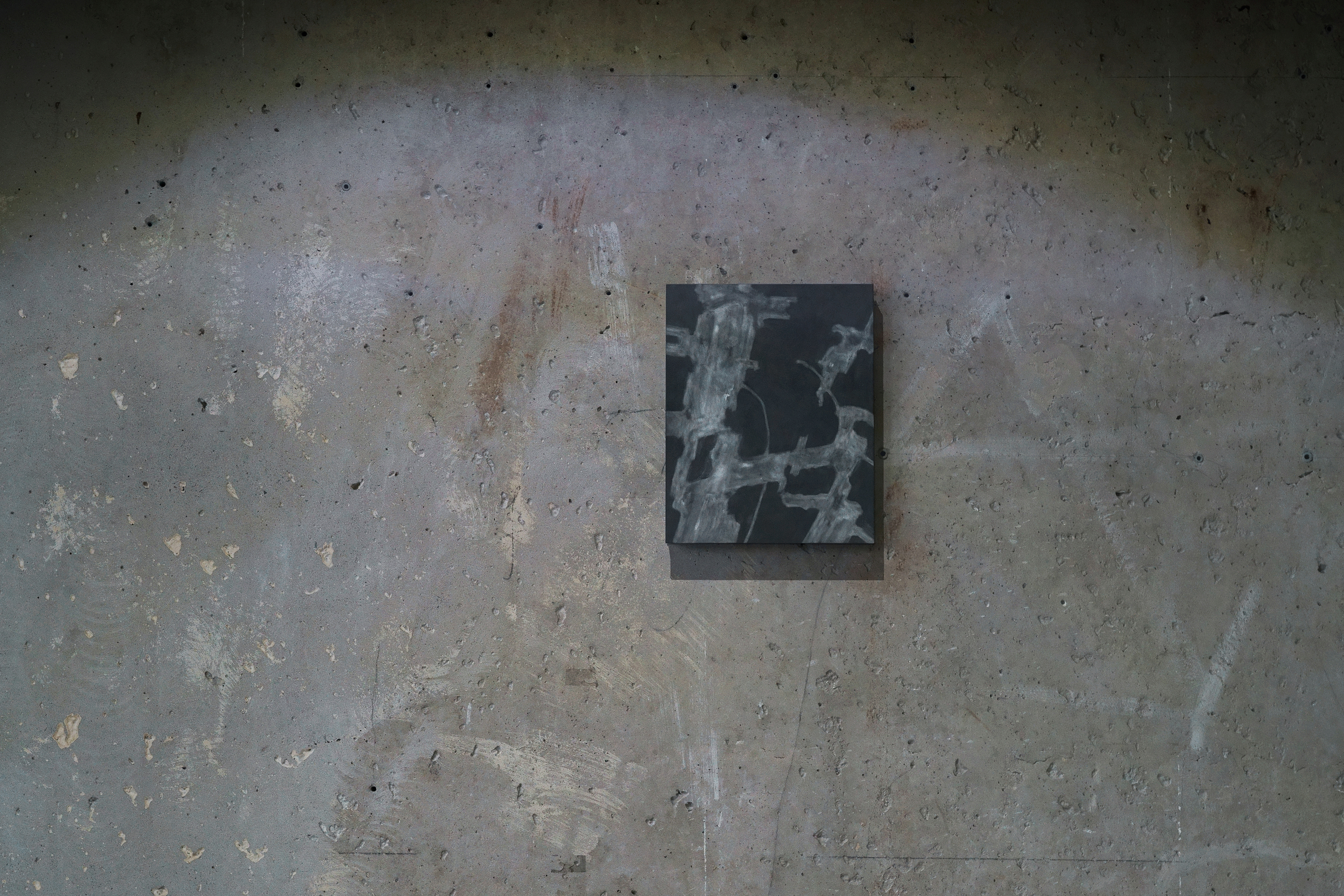
Installation view, “The clumsy response”, Die Möglichkeit einer Insel, Berlin, 2025. Image courtesy of the artist and Die Möglichkeit einer Insel.

Installation view, “The clumsy response”, Die Möglichkeit einer Insel, Berlin, 2025. Image courtesy of the artist and Die Möglichkeit einer Insel.

Installation view, “The clumsy response”, Die Möglichkeit einer Insel, Berlin, 2025. Image courtesy of the artist and Die Möglichkeit einer Insel.

Installation view, “The clumsy response”, Die Möglichkeit einer Insel, Berlin, 2025. Image courtesy of the artist and Die Möglichkeit einer Insel.
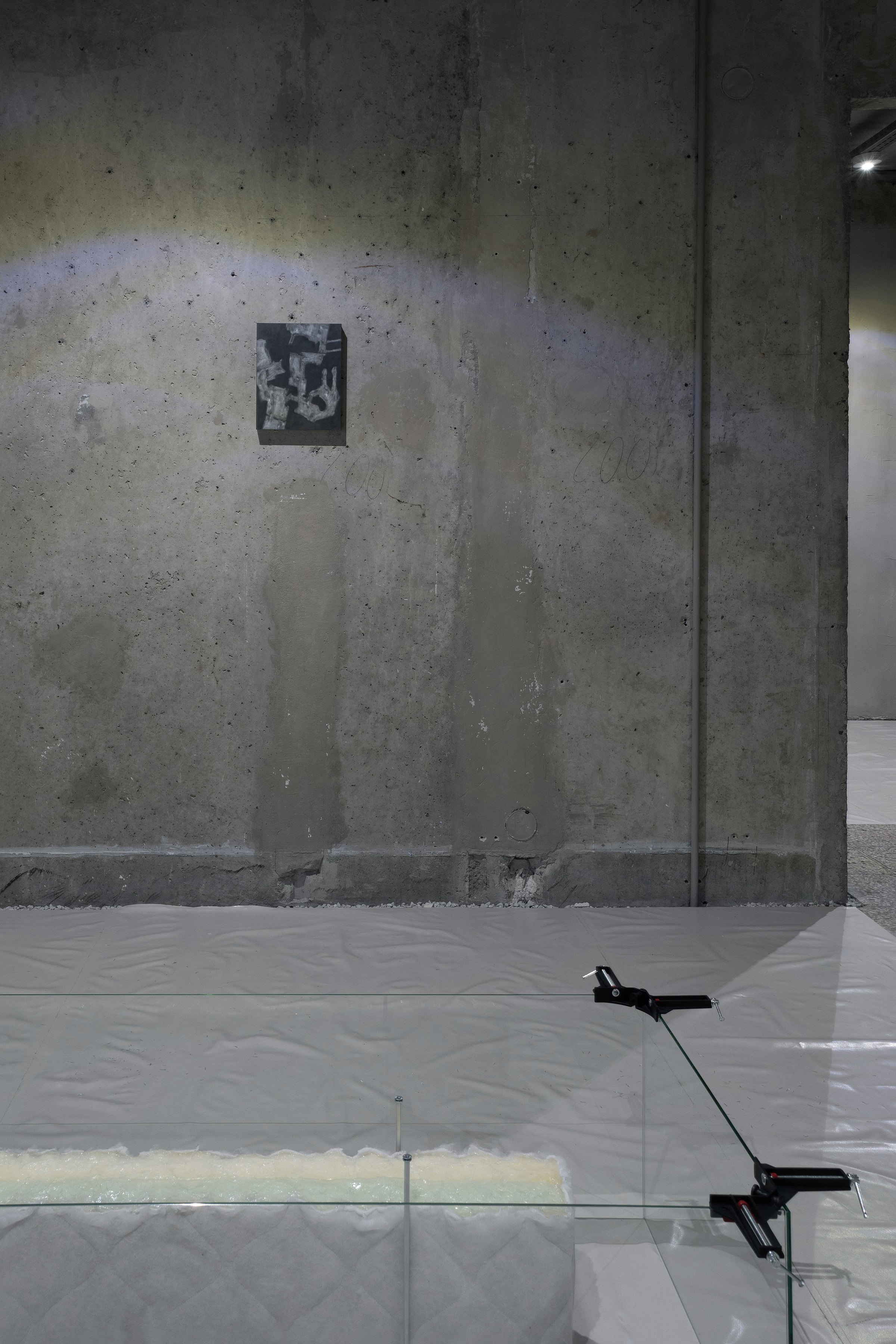
Installation view, “The clumsy response”, Die Möglichkeit einer Insel, Berlin, 2025. Image courtesy of the artist and Die Möglichkeit einer Insel.

Installation view, “The clumsy response”, Die Möglichkeit einer Insel, Berlin, 2025. Image courtesy of the artist and Die Möglichkeit einer Insel.
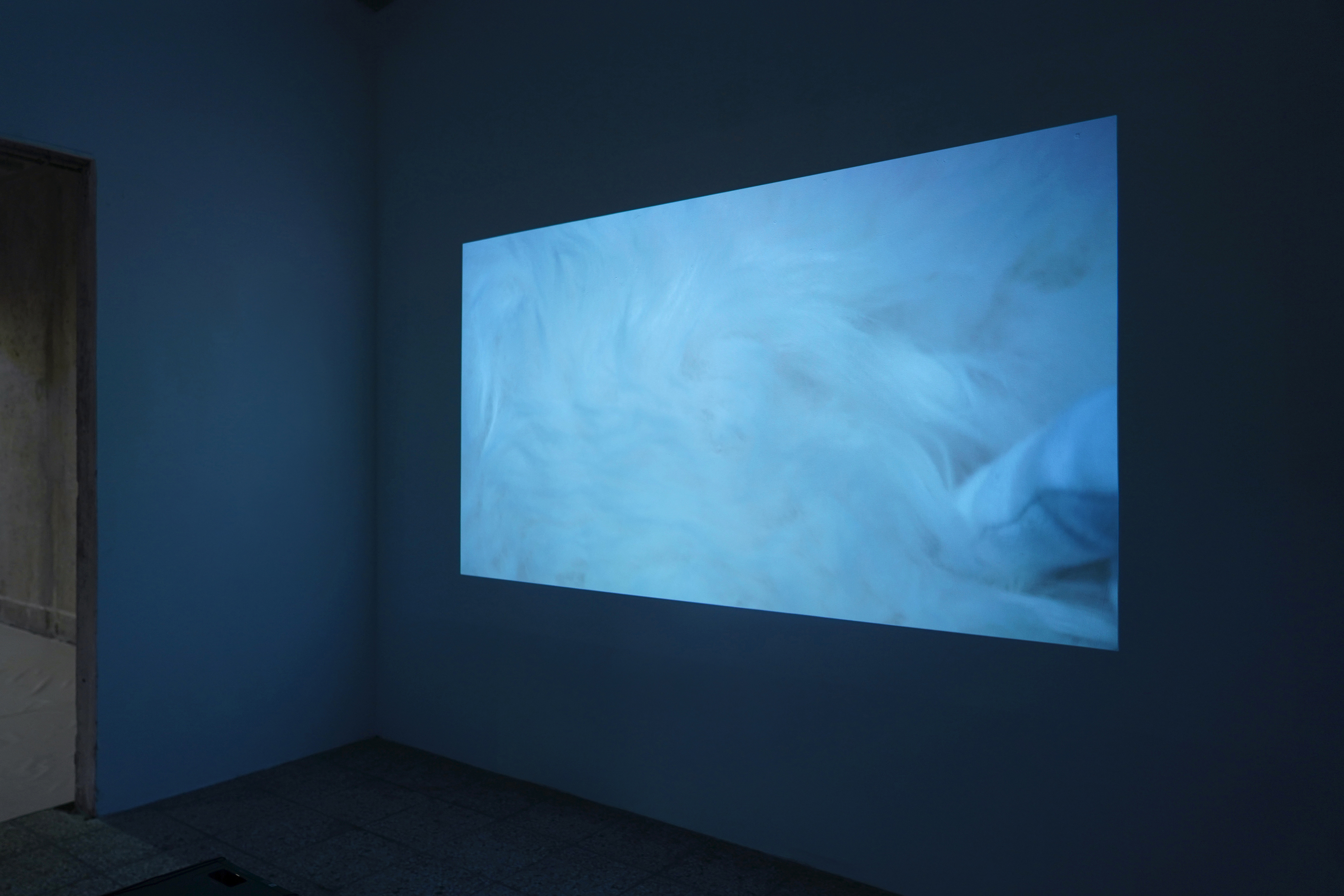
Installation view, “The clumsy response”, Die Möglichkeit einer Insel, Berlin, 2025. Image courtesy of the artist and Die Möglichkeit einer Insel.
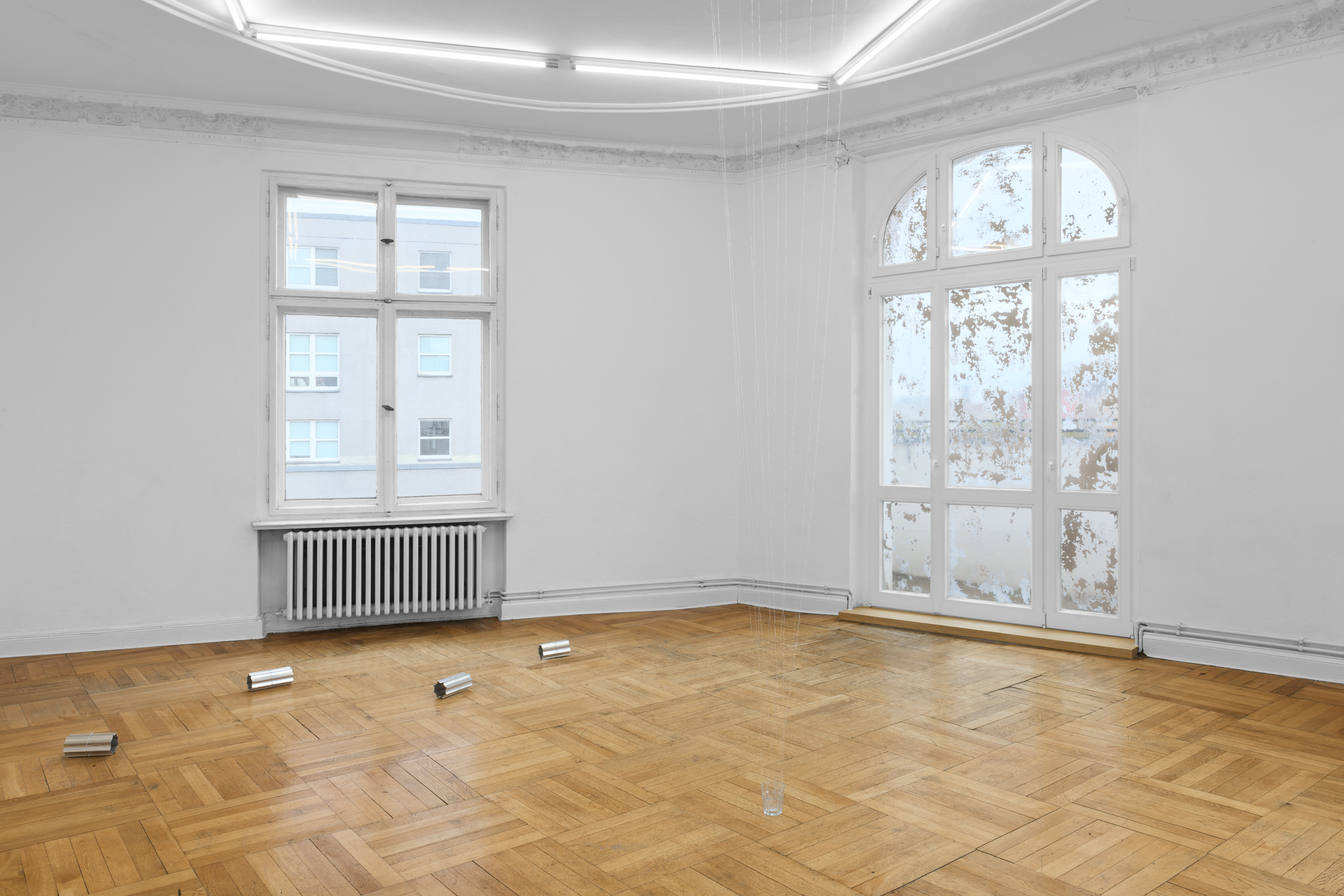
Installation view of “Wrong Season”, PINK SNOW, Berlin, 2024.
Image courtesy of Pink Snow. Photo by: Julian Blum.
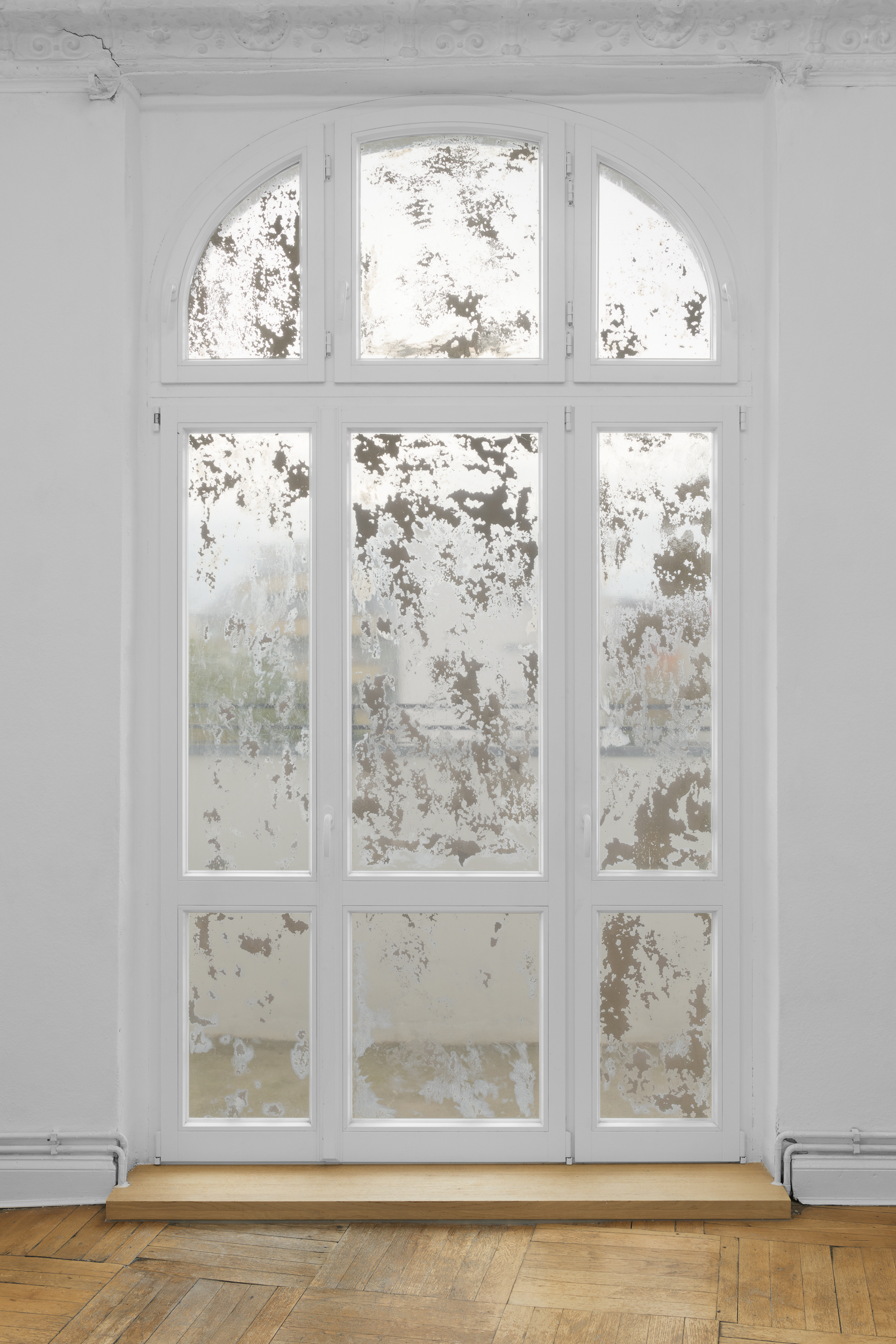
Self-adhesive film, gloss medium, wall paint of the space
290 cm x 156 cm
Installation view of “Wrong Season”, PINK SNOW, Berlin, 2024.
Image courtesy of Pink Snow. Photo by: Julian Blum.
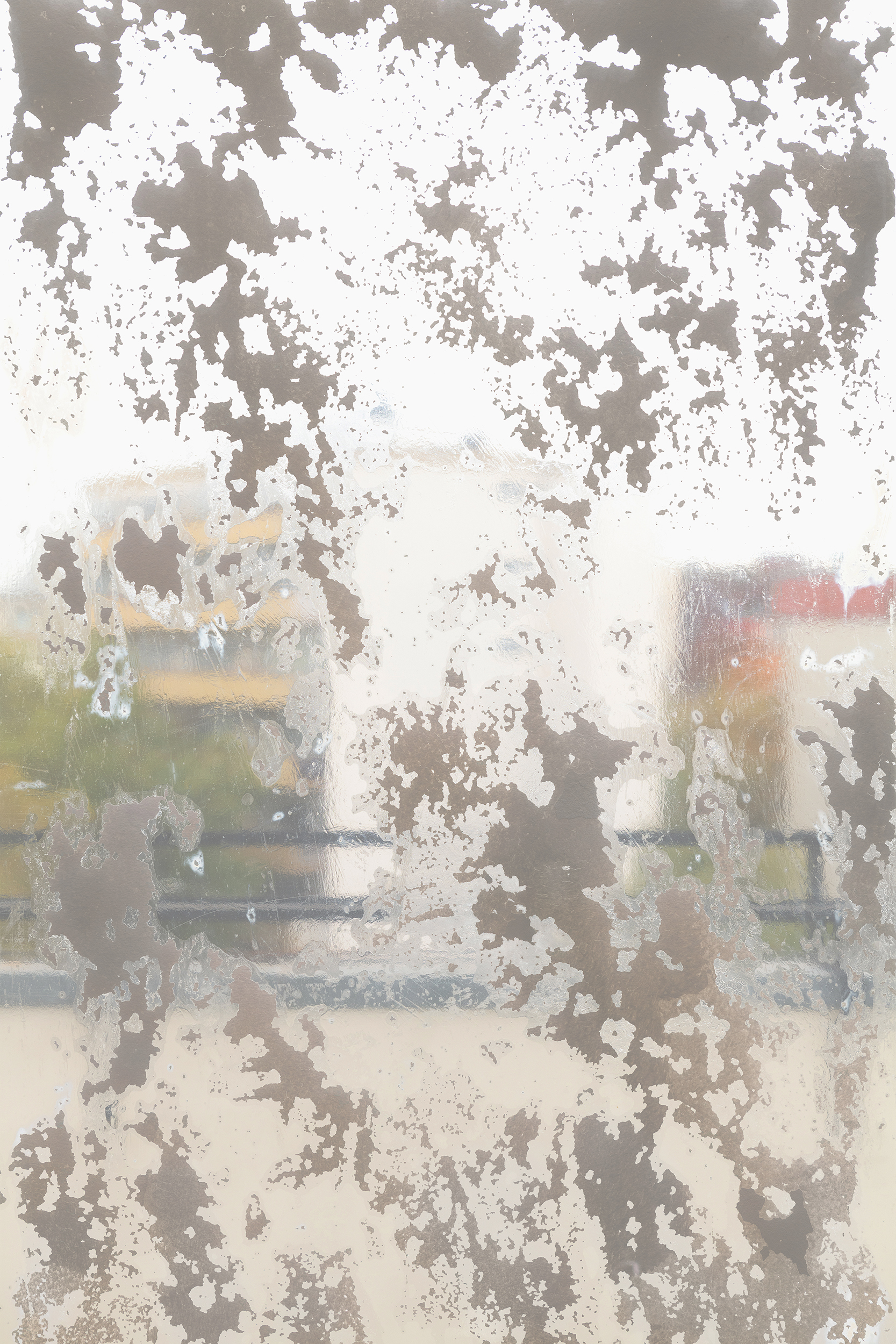
Self-adhesive film, gloss medium, wall paint of the space
290 cm x 156 cm
Installation view of “Wrong Season”, PINK SNOW, Berlin, 2024.
Image courtesy of Pink Snow. Photo by: Julian Blum.
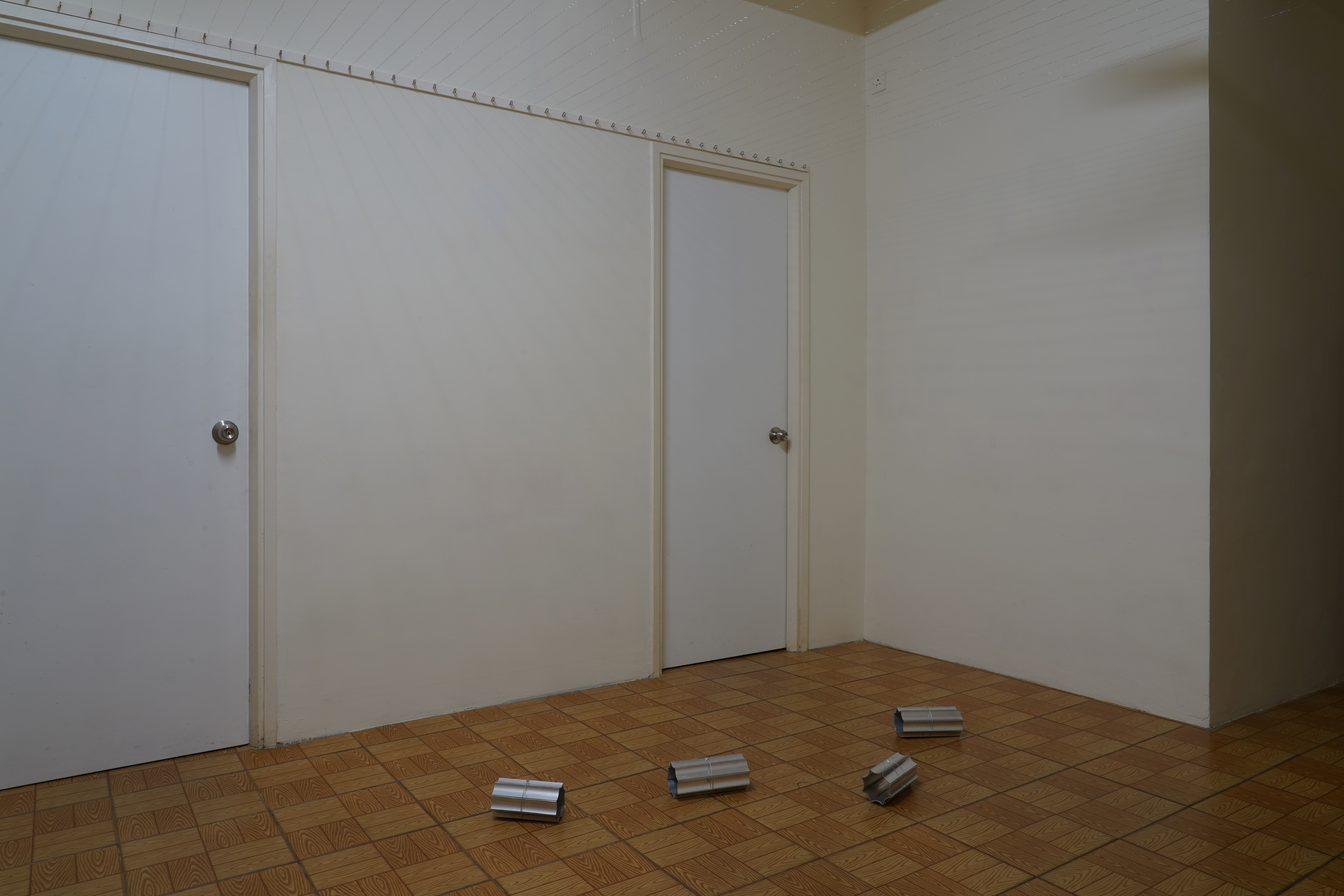
Aluminium tubes, wire ropes with ferrules
9 x 20 x 8.5 cm, 9 x 18 x 8.5 cm, 9 x 21 x 8.5 cm, 9 x 17 x 8.5cm
Installation view of ‘Open Shell’, Feyerabend, Hong Kong, 2023.
Image courtesy of the artist.
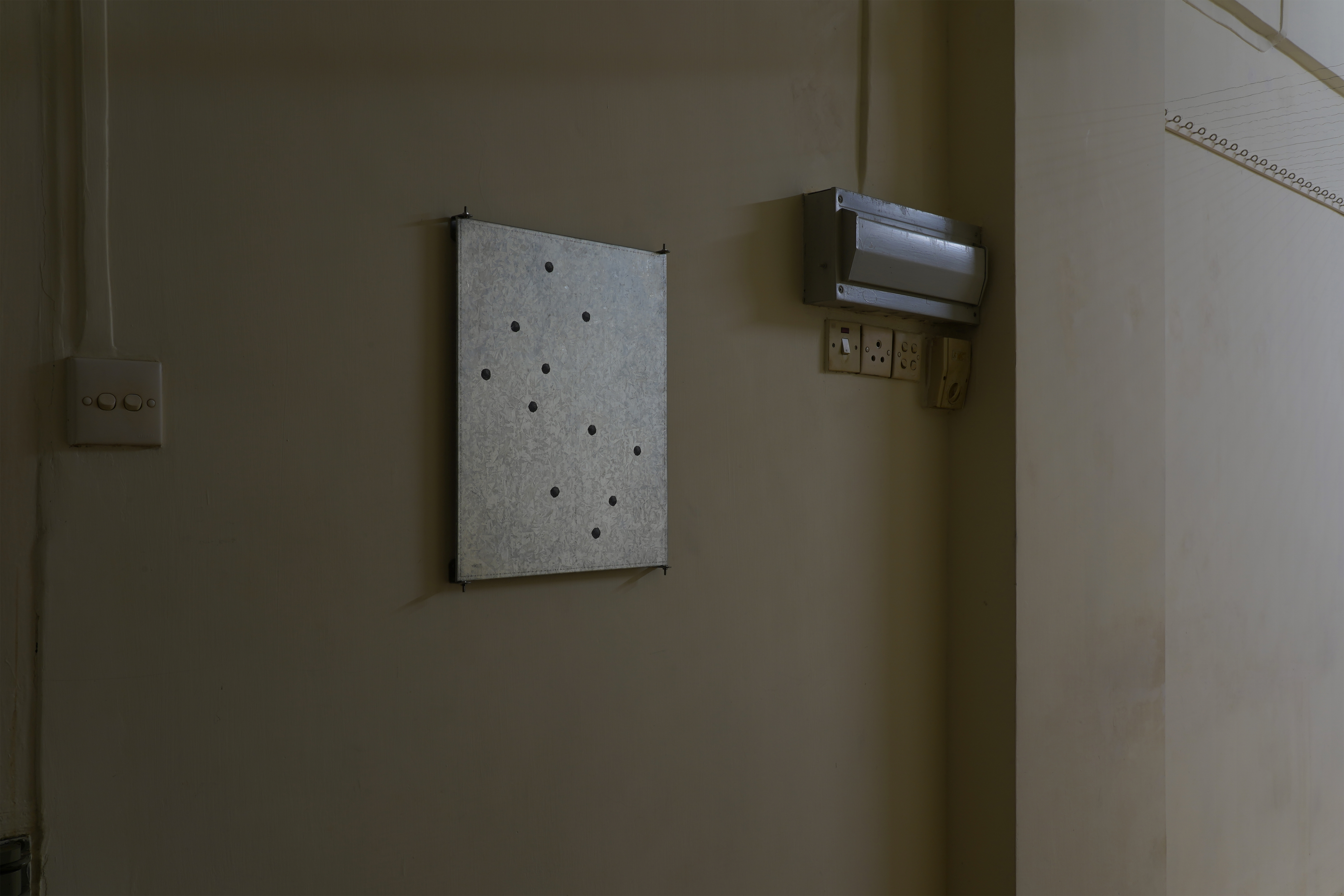
Oil paint on galvanized iron sheet, lead sinkers, automatic feeders
Installation view of ‘Open Shell’, Feyerabend, Hong Kong, 2023.
Image courtesy of the artist.

Screw eyes, steel wool
Dimensions variable
Installation view of ‘Open Shell’, Feyerabend, Hong Kong, 2023.
Image courtesy of the artist.
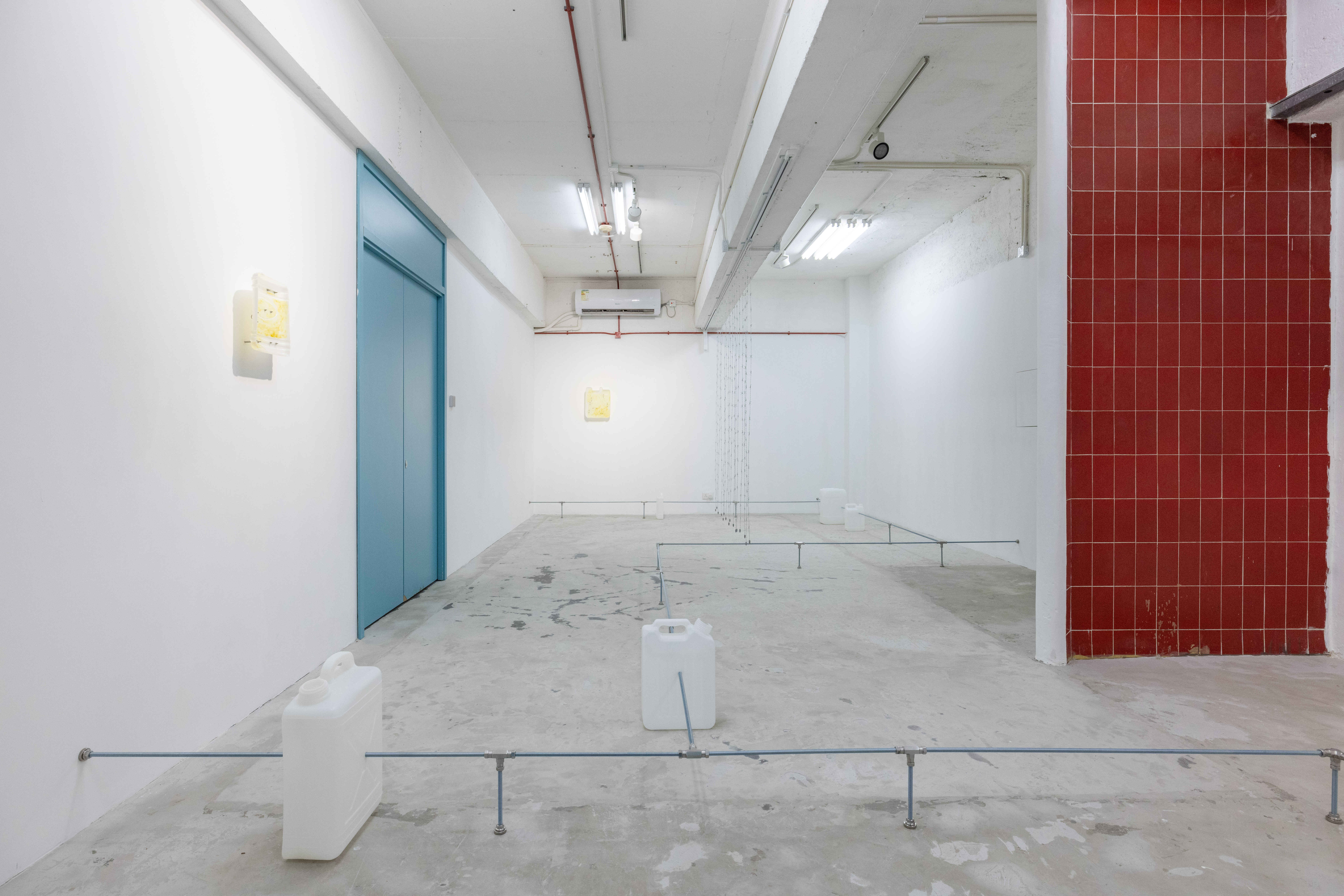
Galvanized threaded rods, polyethylene bottles, stainless steel pipe fittings, stainless steel pipe brackets, povidone-iodine
Dimensions variable
Installation view, ‘An acute manner’ at Edouard Malingue Gallery, Hong Kong, 2021
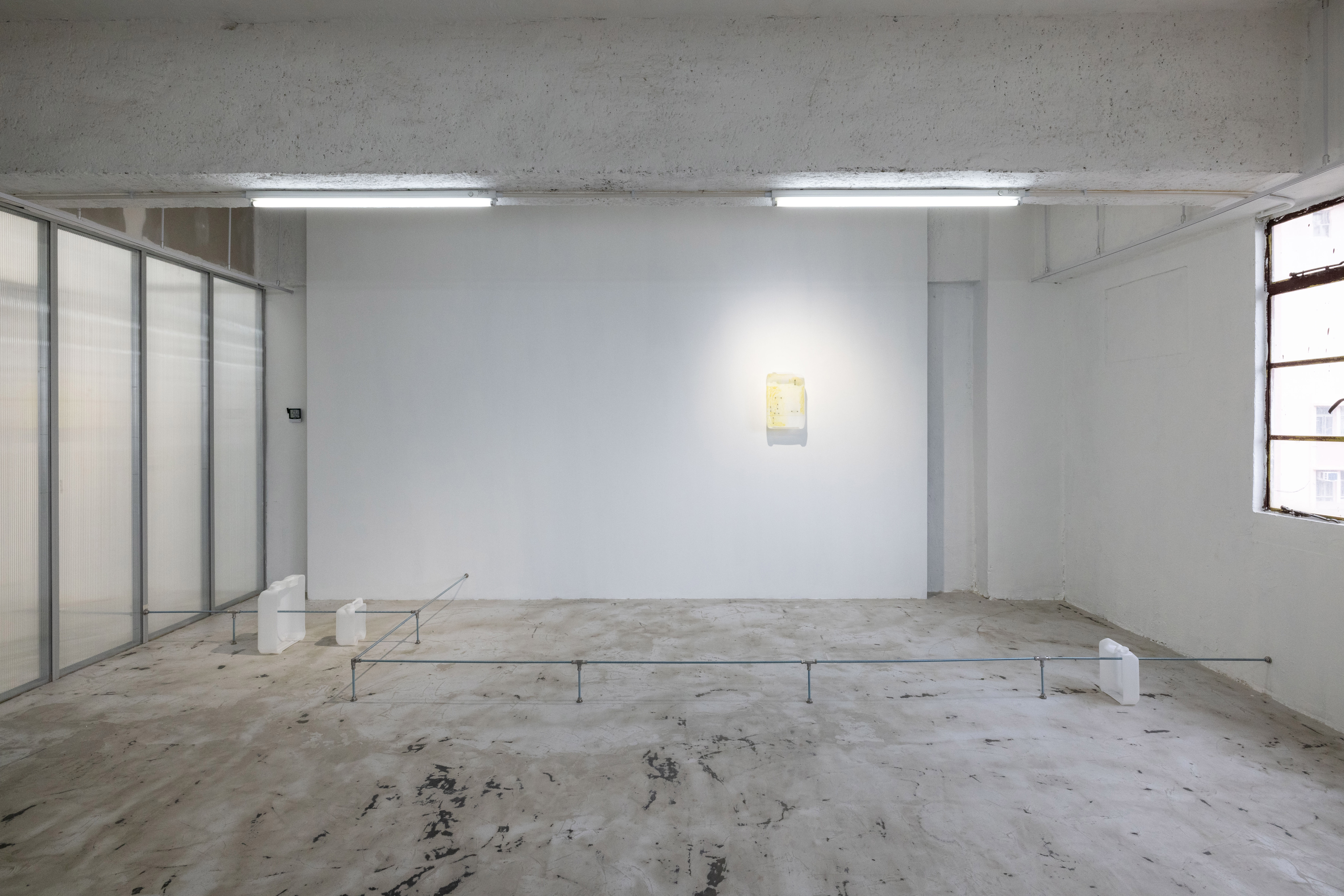
Galvanized threaded rods, polyethylene bottles, stainless steel pipe fittings, stainless steel pipe brackets, povidone-iodine
Dimensions variable
Installation view, ‘An acute manner’ at Edouard Malingue Gallery, Hong Kong, 2021

Motorized curtain system, wires, lead sinkers
Dimensions variable
Installation view, ‘An acute manner’ at Edouard Malingue Gallery, Hong Kong, 2021

PVC hoses, aluminium alloy flanges, debris of the space, dimensions variable
Image courtesy of the artist

PVC hoses, aluminium alloy flanges, debris of the space, dimensions variable
Image courtesy of the artist

PVC hoses, aluminium alloy flanges, debris of the space, dimensions variable
Image courtesy of the artist
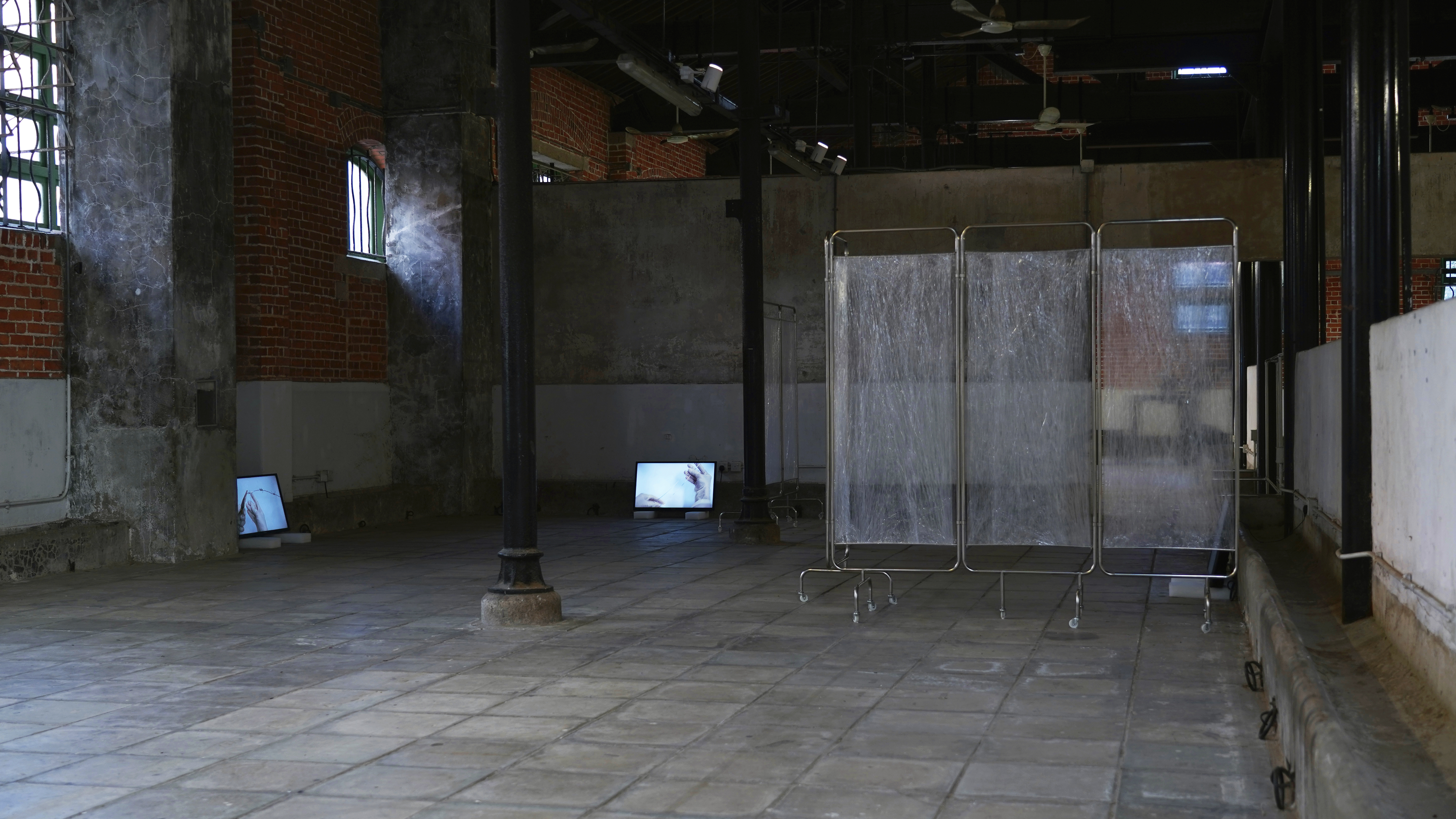
Three-channel video, medical screens with stretch wrap, dimensions variable
Image courtesy of the artist and Cattle Depot Artist Village

Three-channel video, medical screens with stretch wrap, dimensions variable
Image courtesy of the artist and Cattle Depot Artist Village
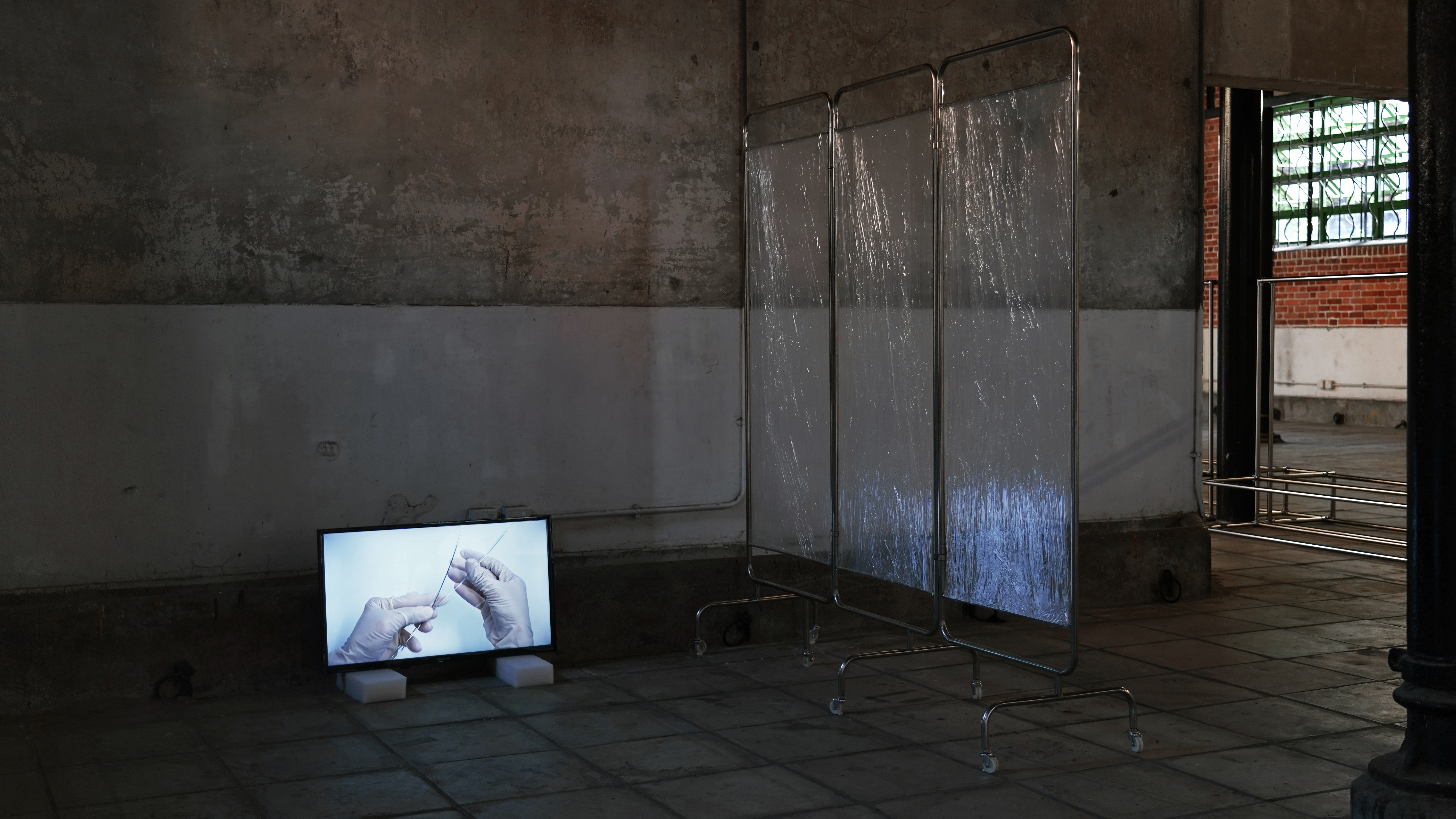
Three-channel video, medical screens with stretch wrap, dimensions variable
Image courtesy of the artist and Cattle Depot Artist Village
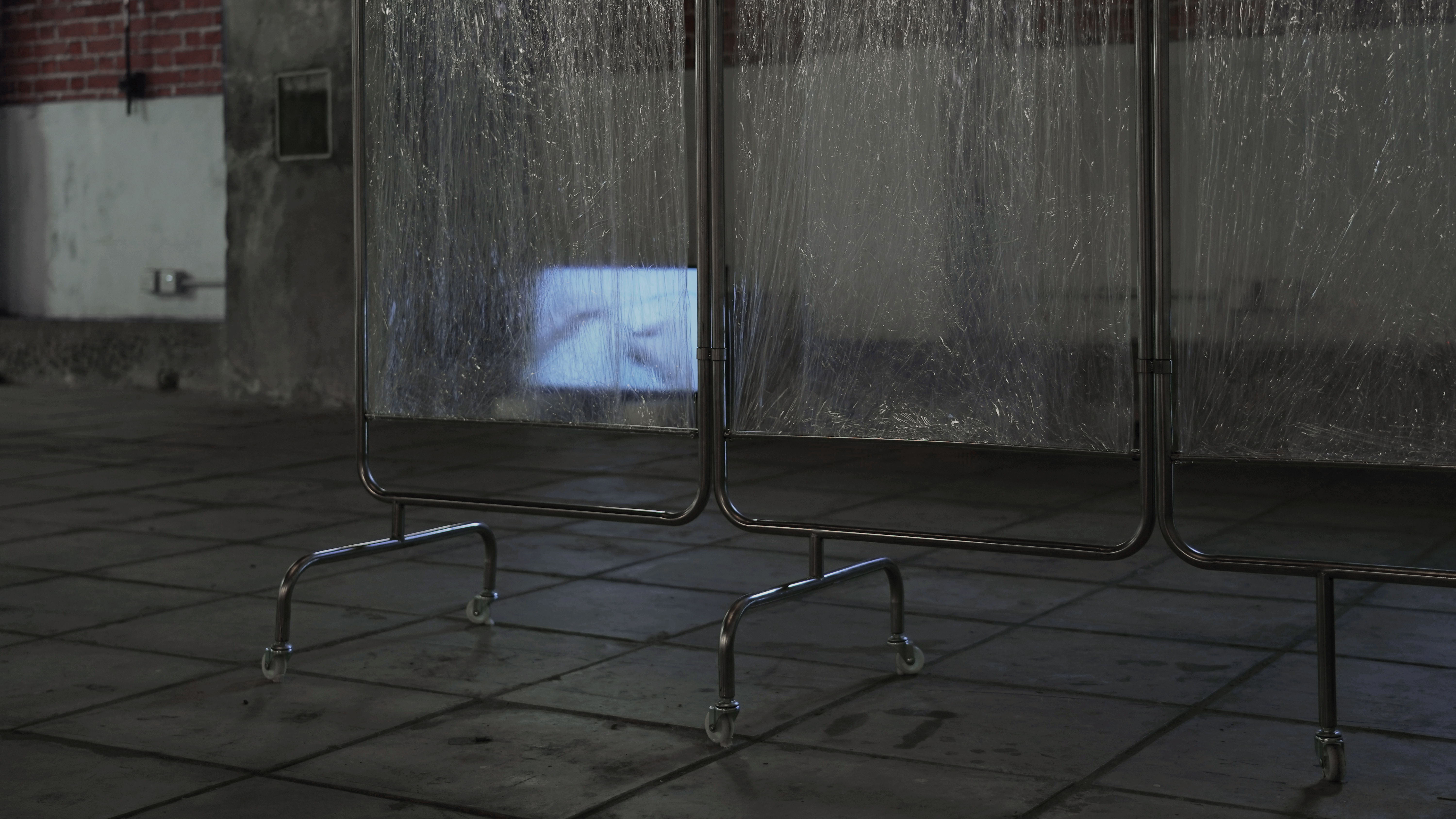
Three-channel video, medical screens with stretch wrap, dimensions variable
Image courtesy of the artist and Cattle Depot Artist Village
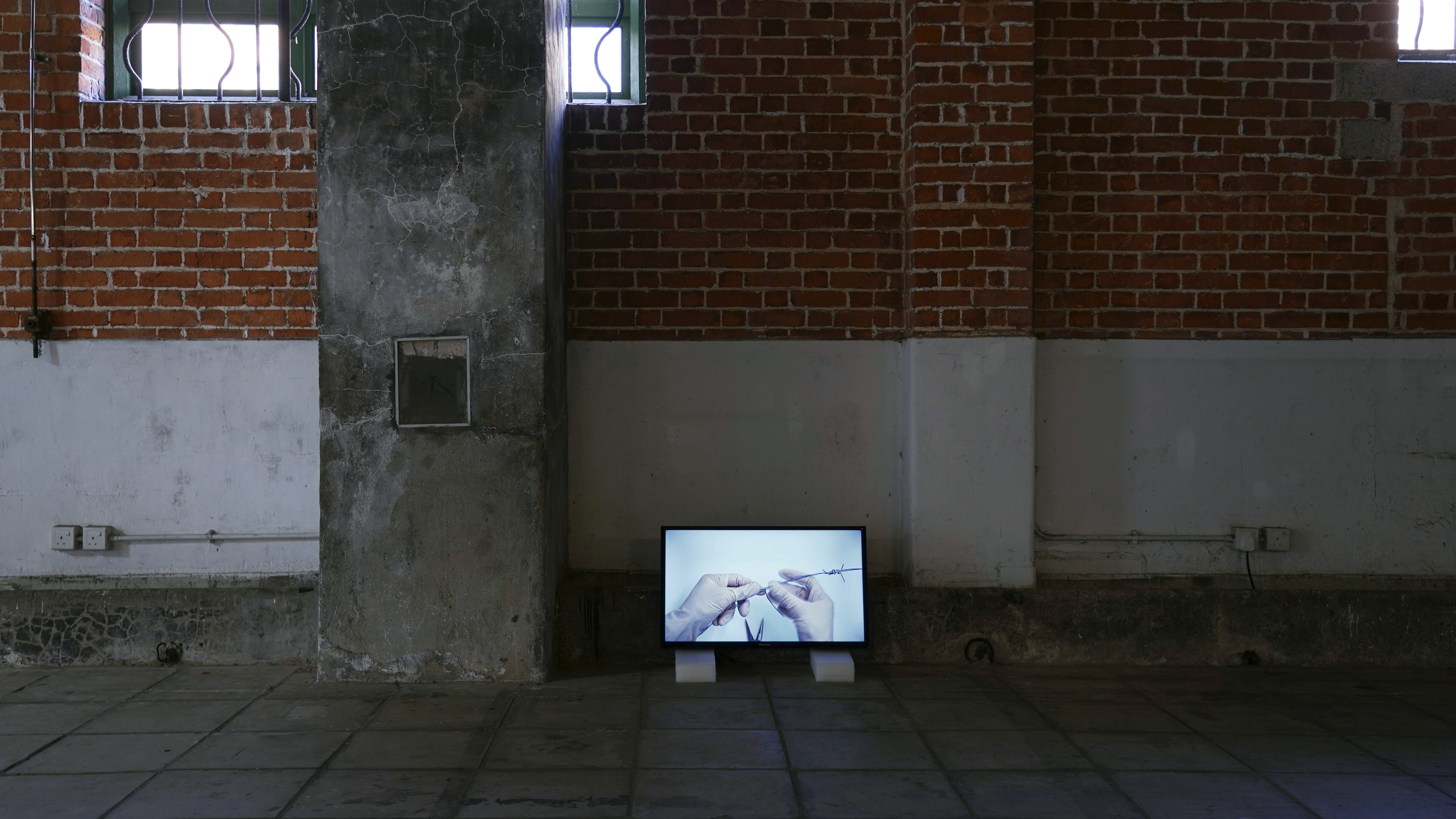
Three-channel video, medical screens with stretch wrap, dimensions variable
Image courtesy of the artist and Cattle Depot Artist Village
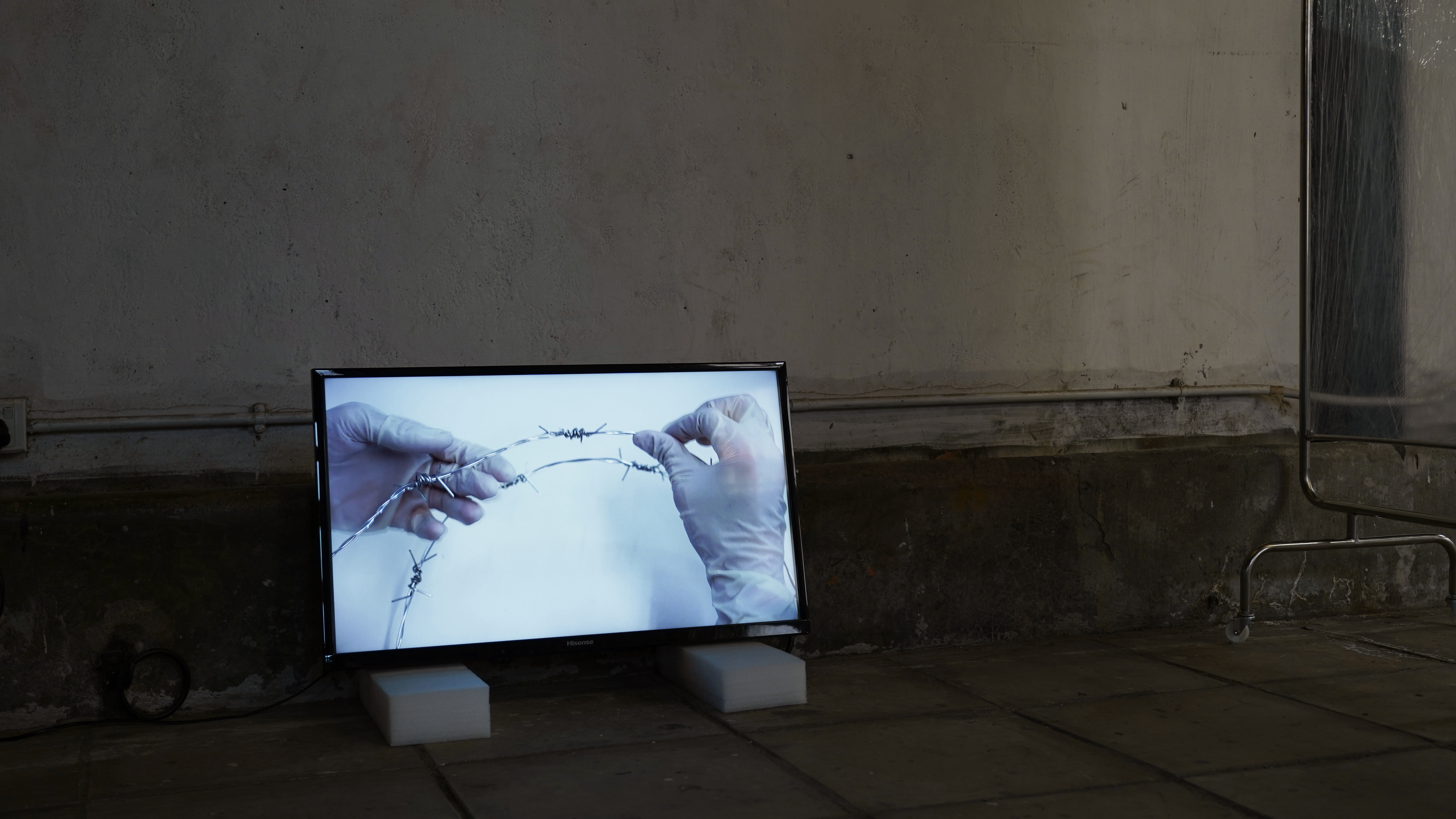
Three-channel video, medical screens with stretch wrap, dimensions variable
Image courtesy of the artist and Cattle Depot Artist Village
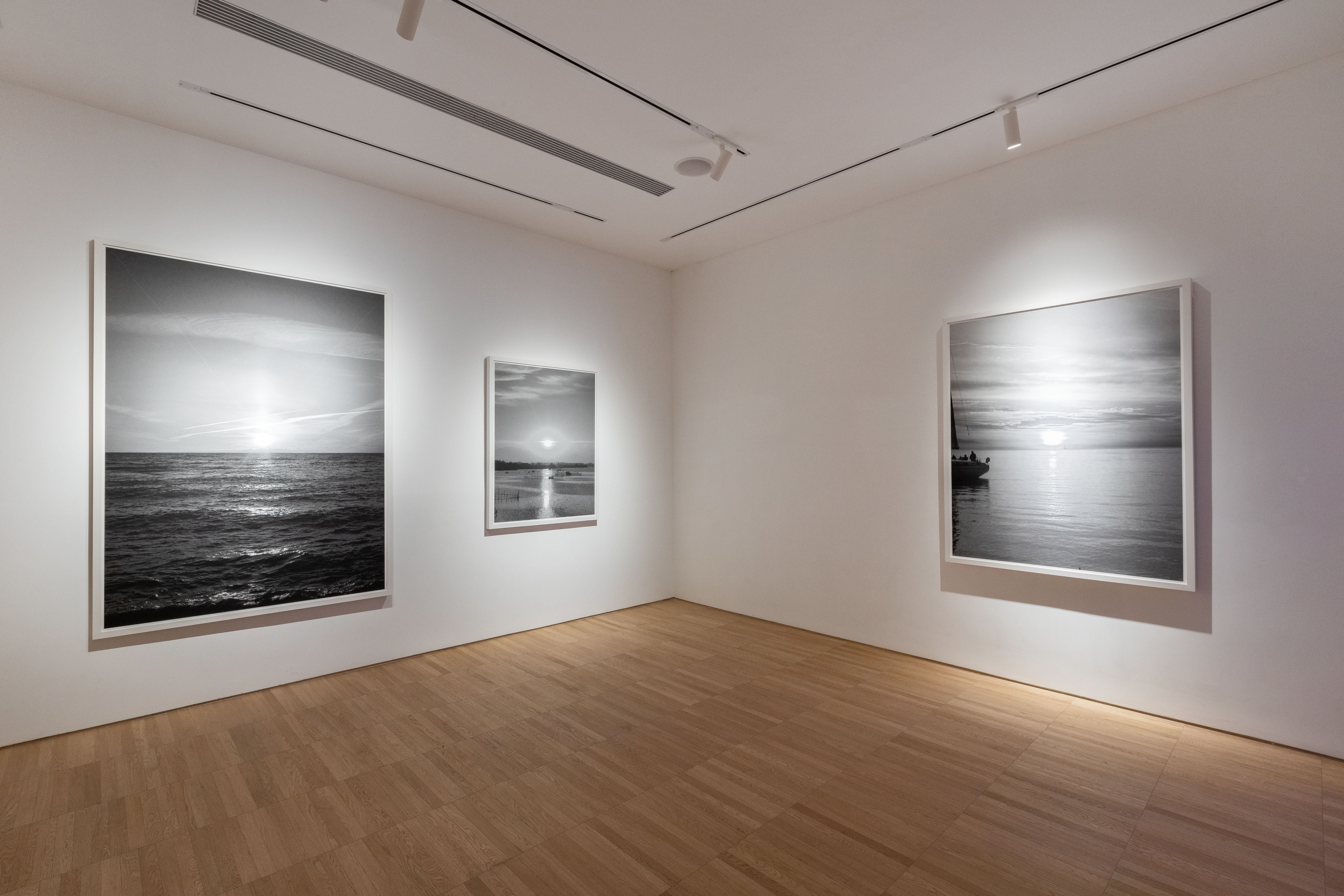
‘Long Day’, Aranya Art Center, Qinhuangdao, 2019
Image courtesy of the artist and Taikang Space

‘Long Day’, Aranya Art Center, Qinhuangdao, 2019
Image courtesy of the artist and Taikang Space
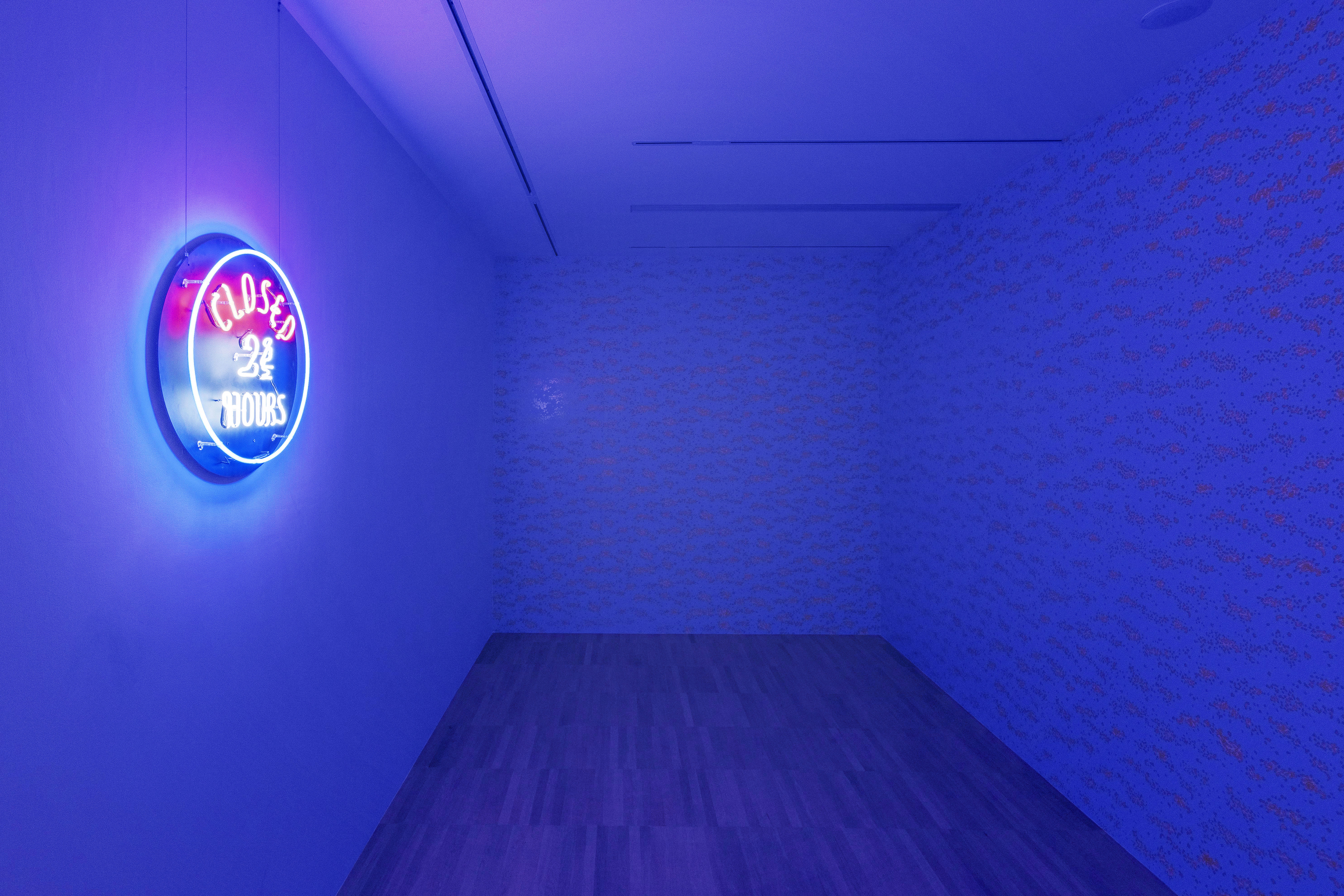
‘Long Day’, Aranya Art Center, Qinhuangdao, 2019
Image courtesy of the artist and Taikang Space

‘Long Day’, Aranya Art Center, Qinhuangdao, 2019
Image courtesy of the artist and Taikang Space
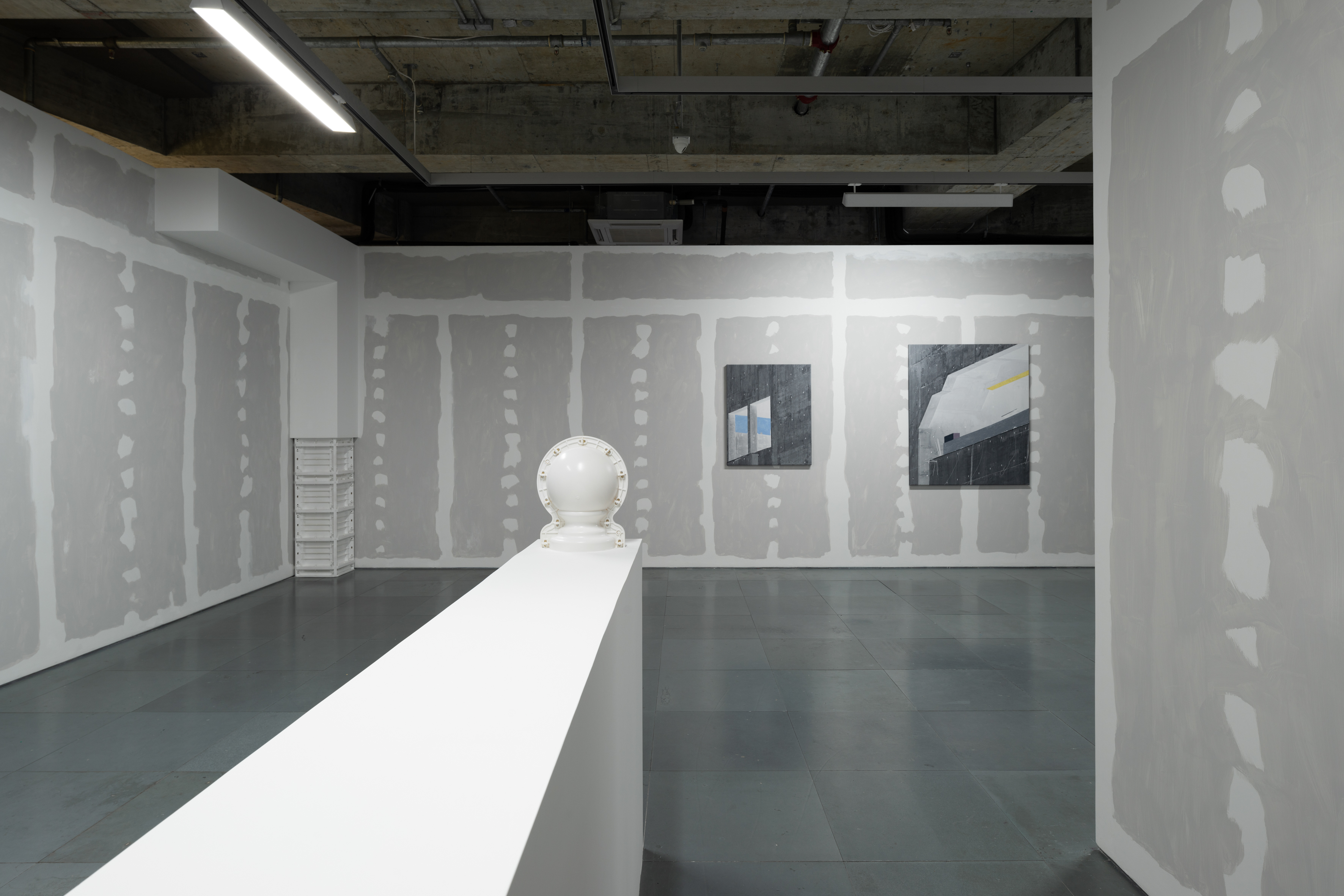

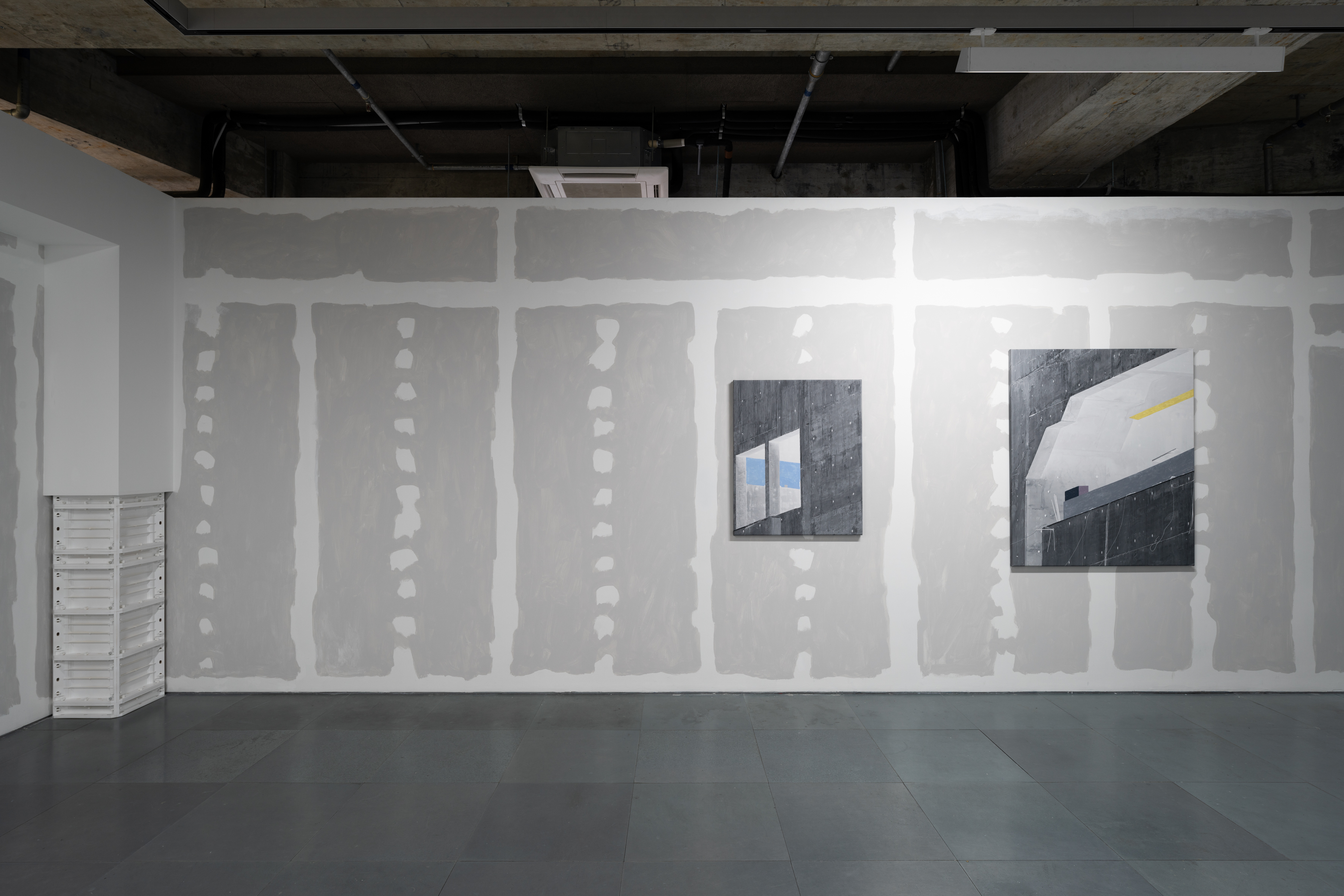
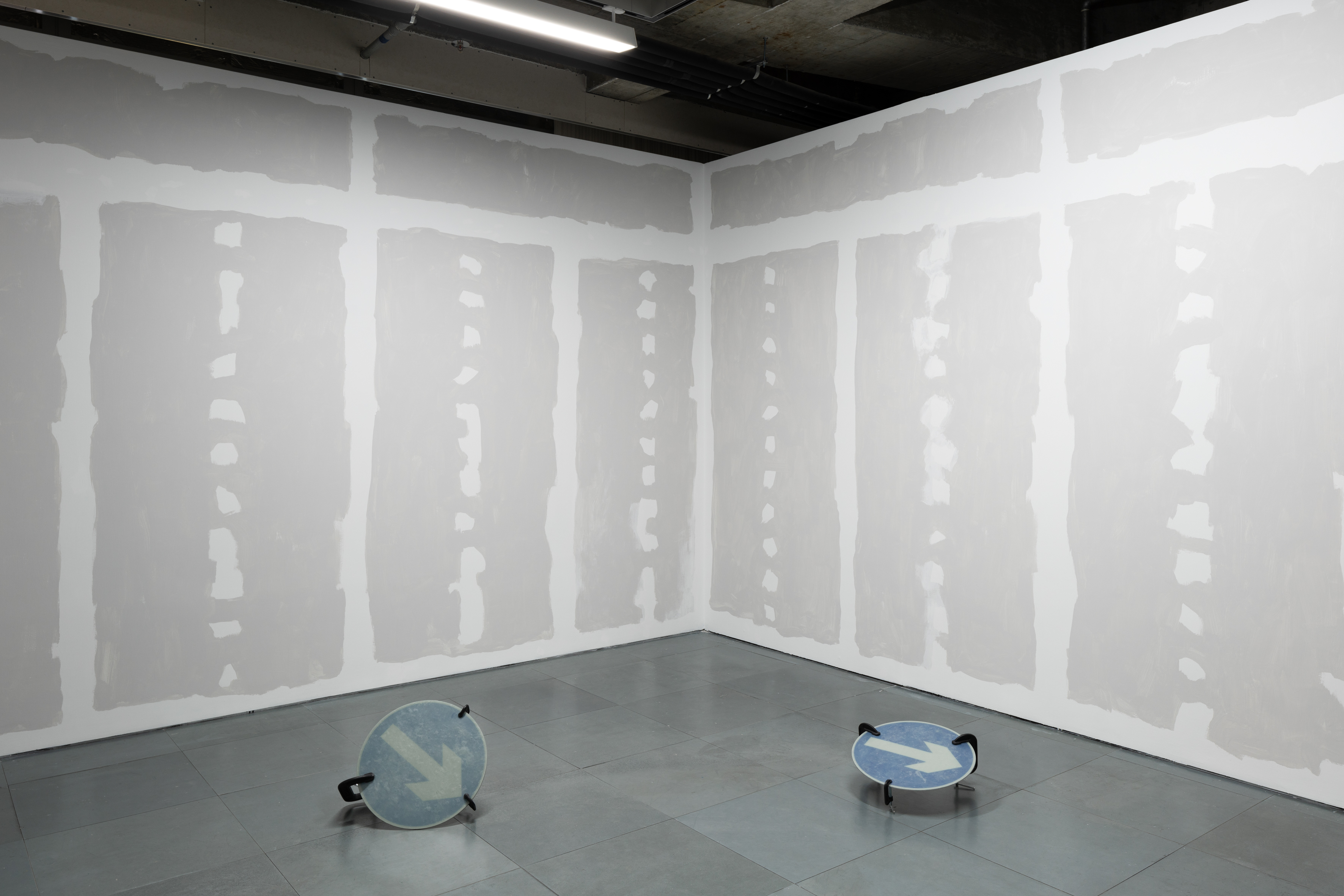
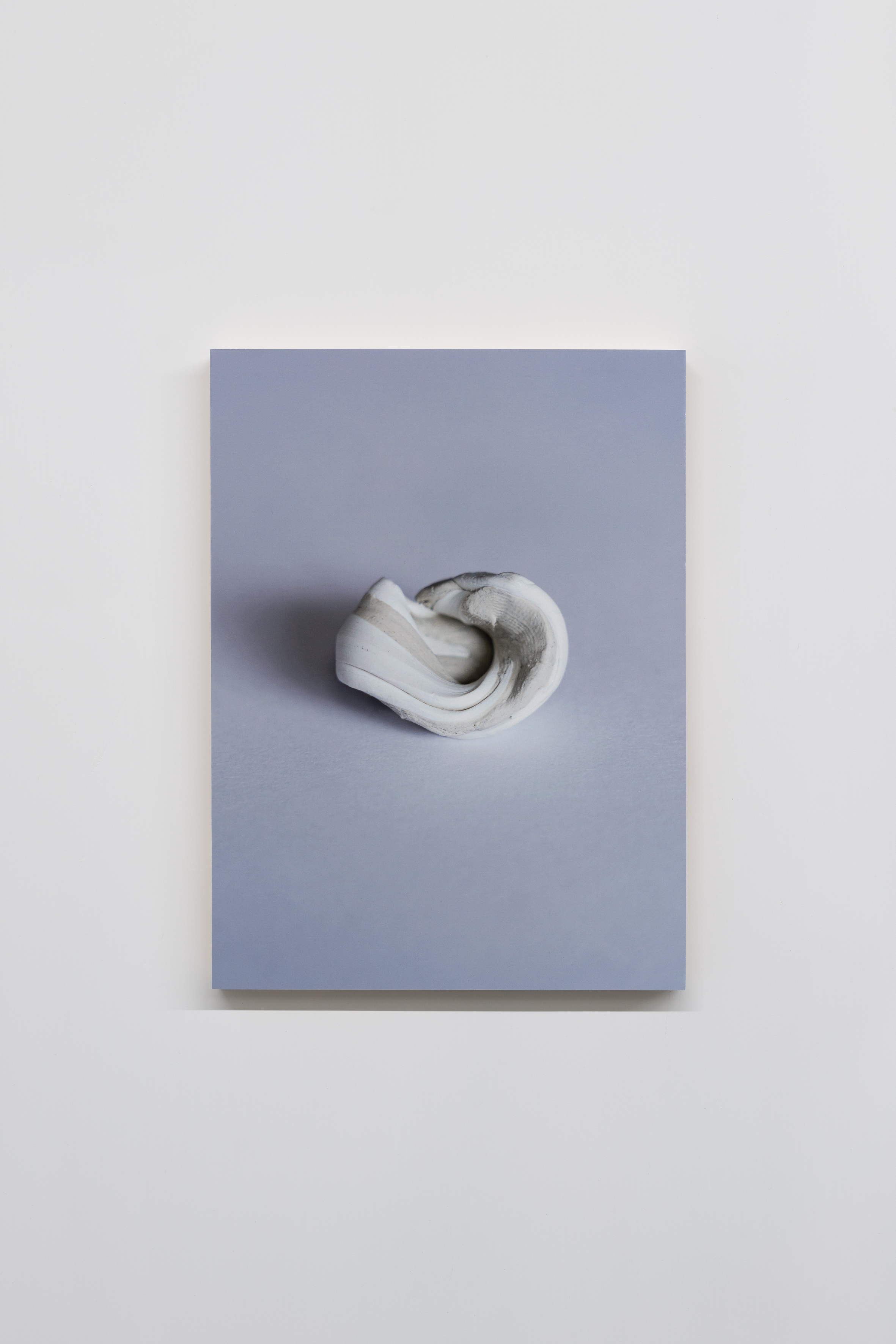
2019
Archival inkjet print
28.5 x 21.2 cm
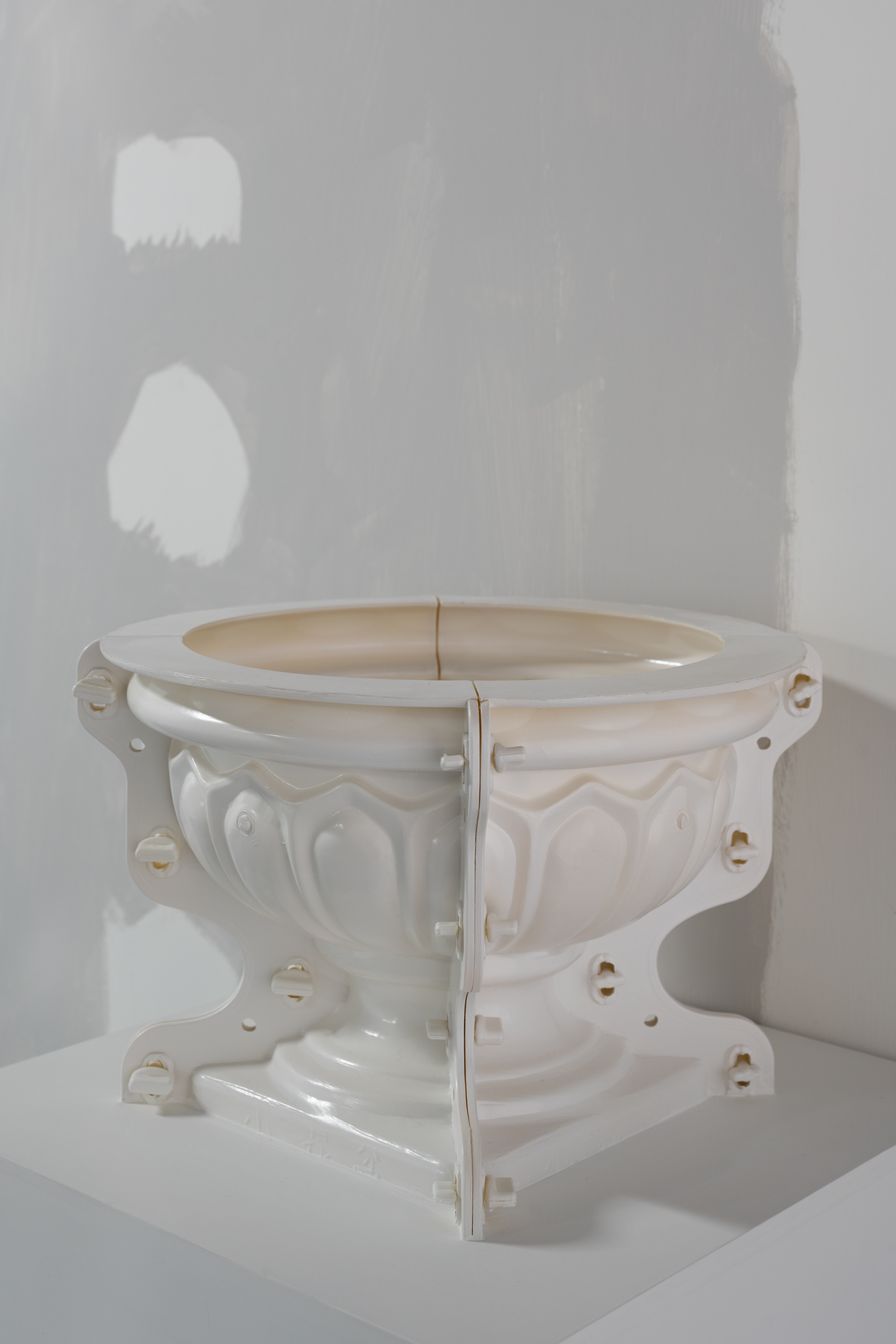
2019
ABS mould, spray paint, wood
Dimensions variable

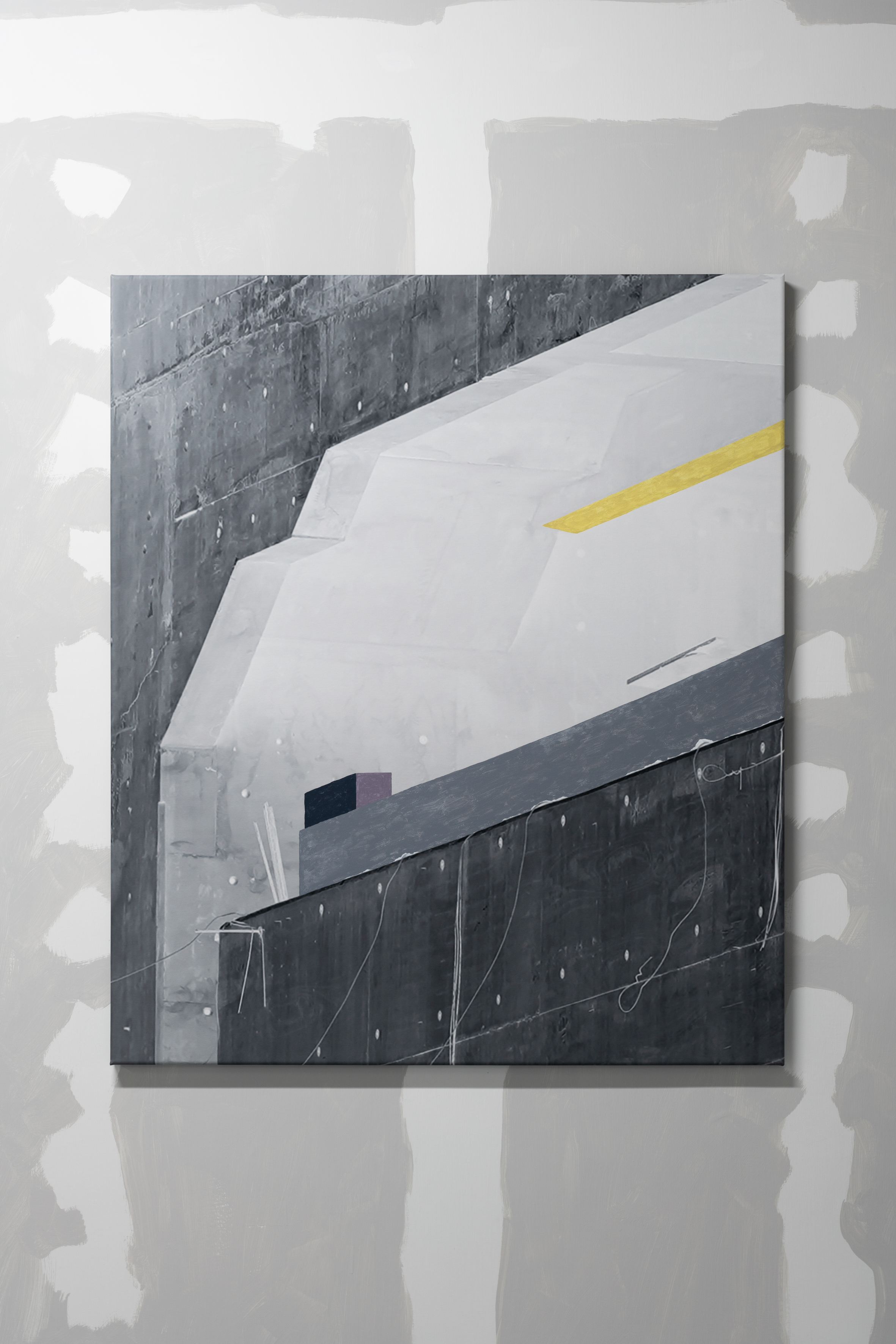
2019
Acrylic, archival inkjet print on canvas, plastic sheet, polyethylene foam
130 x 111 cm
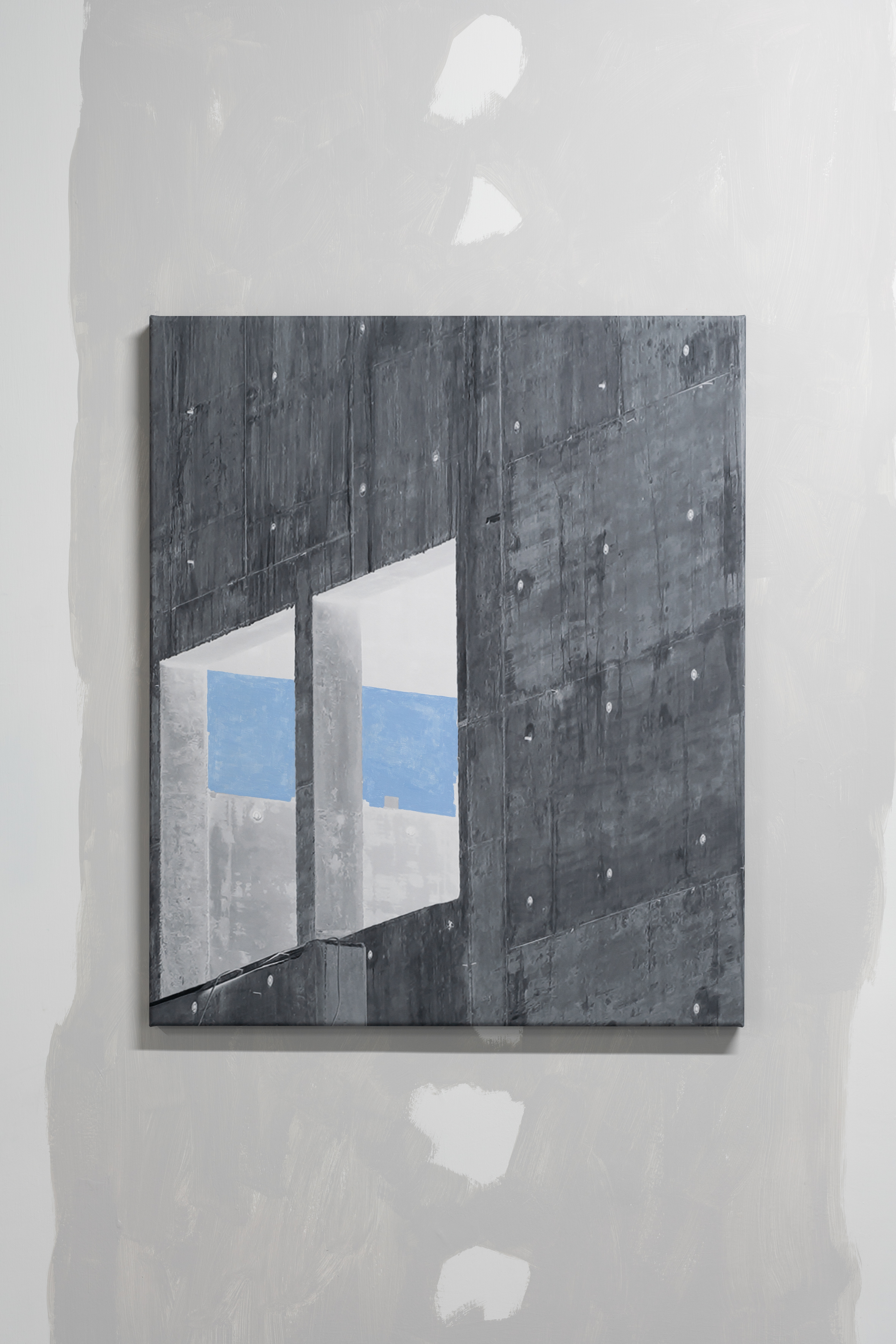
2019
Acrylic, archival inkjet print on canvas, plastic sheet, polyethylene foam
93 x 78 cm
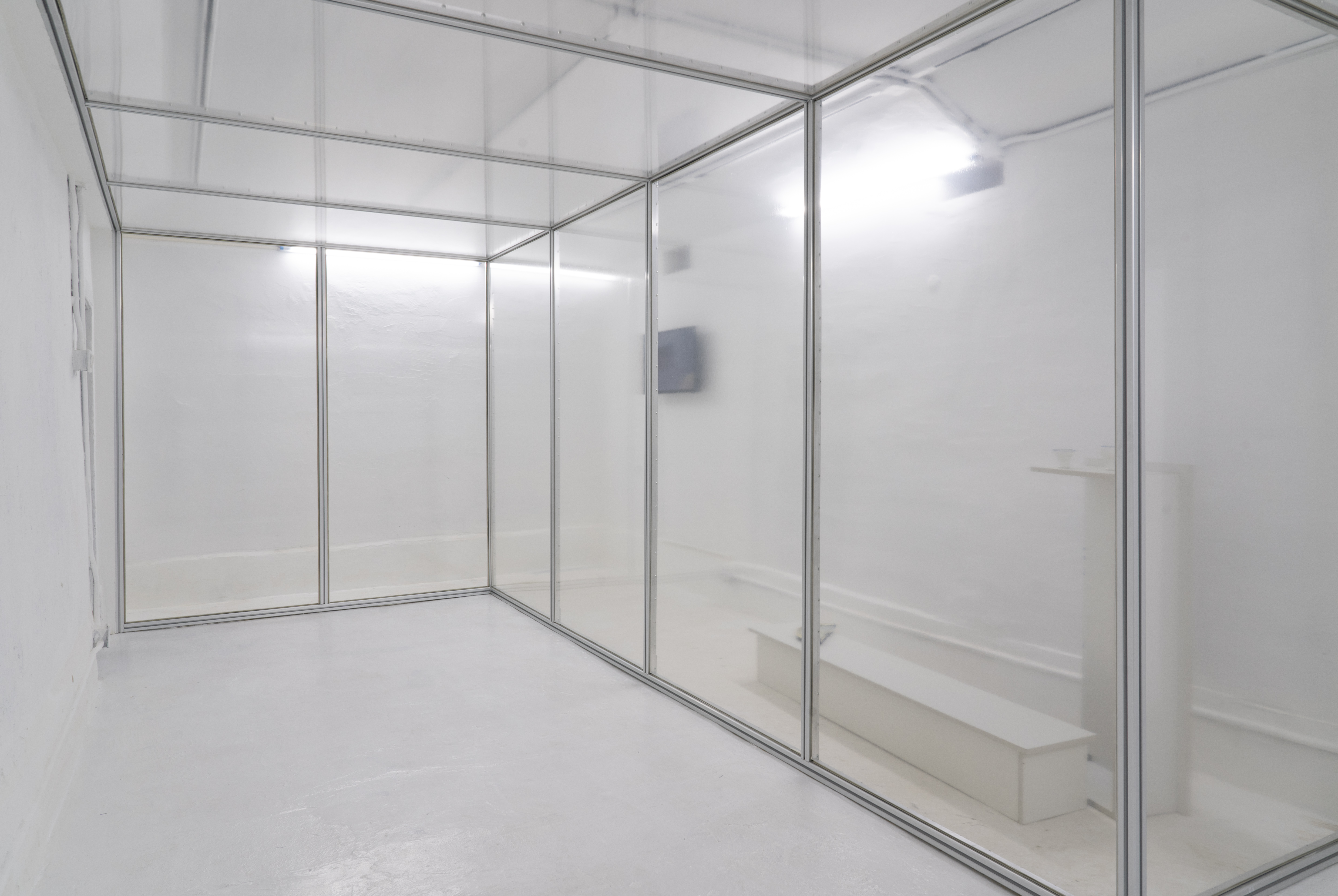
Image courtesy of the artist
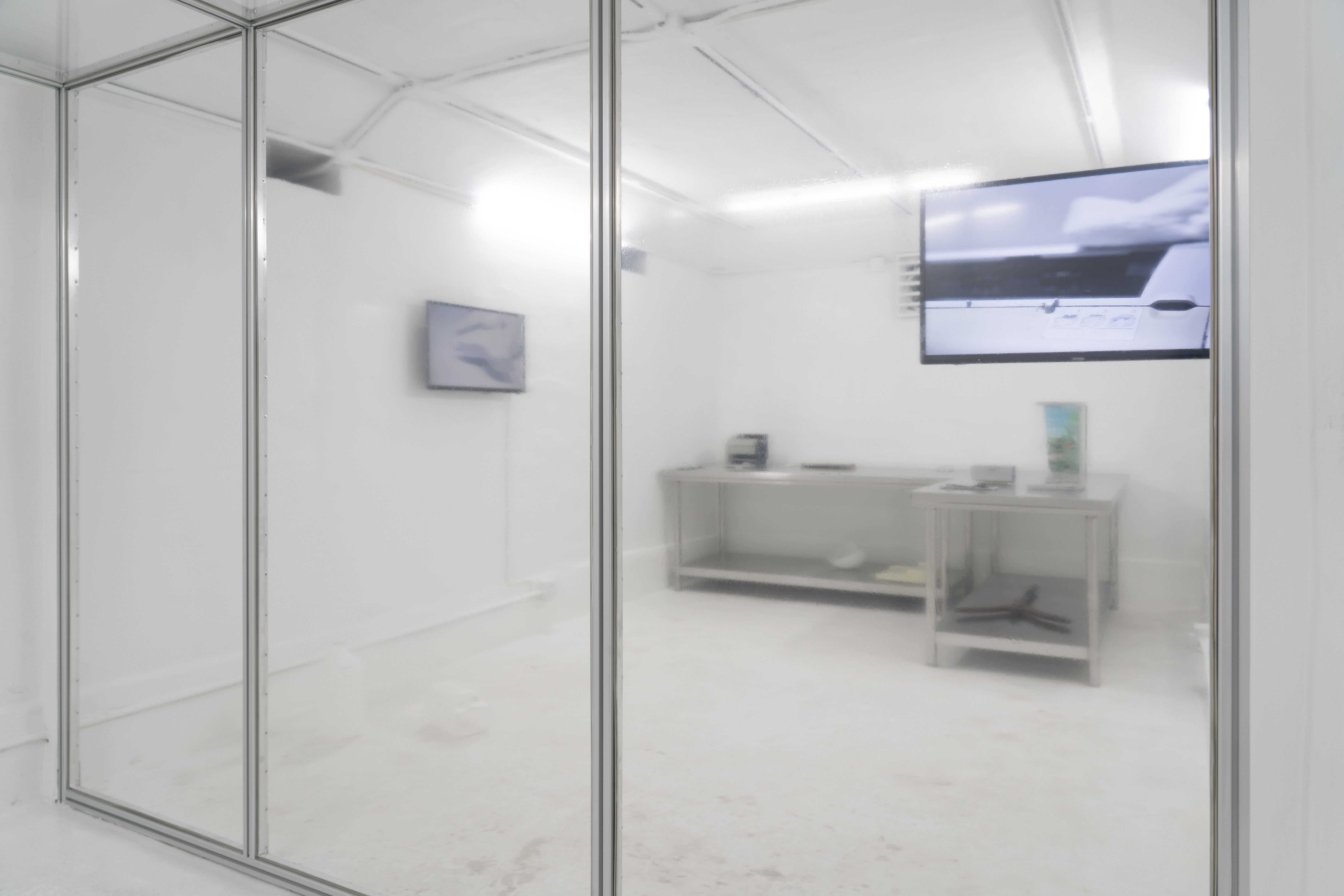
Image courtesy of the artist
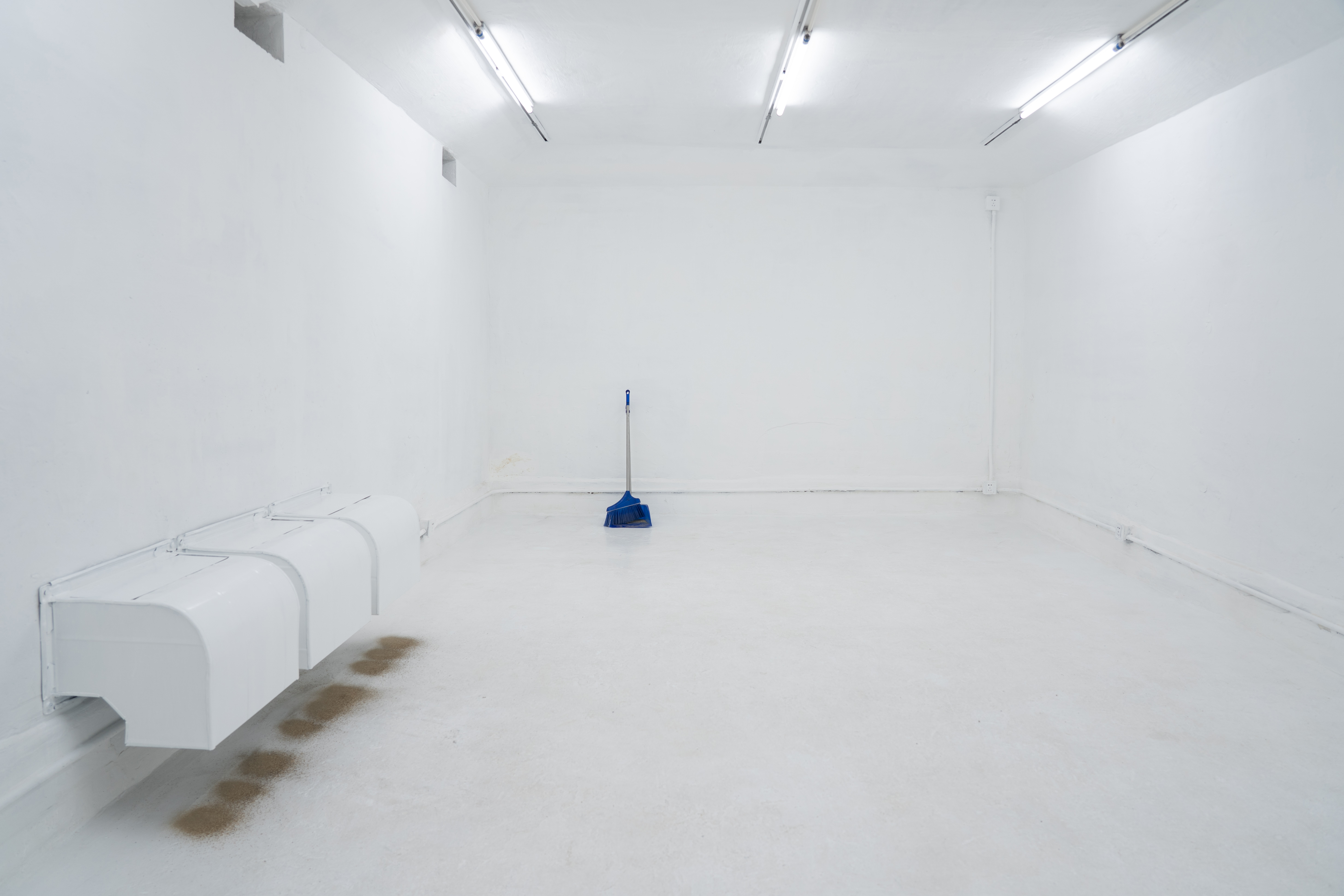
Image courtesy of the artist

2018
Installation view at Harbour Arts Sculpture Park, Hong Kong
Courtesy of Harbour Arts Sculpture Park
Photo by Caster Cheung
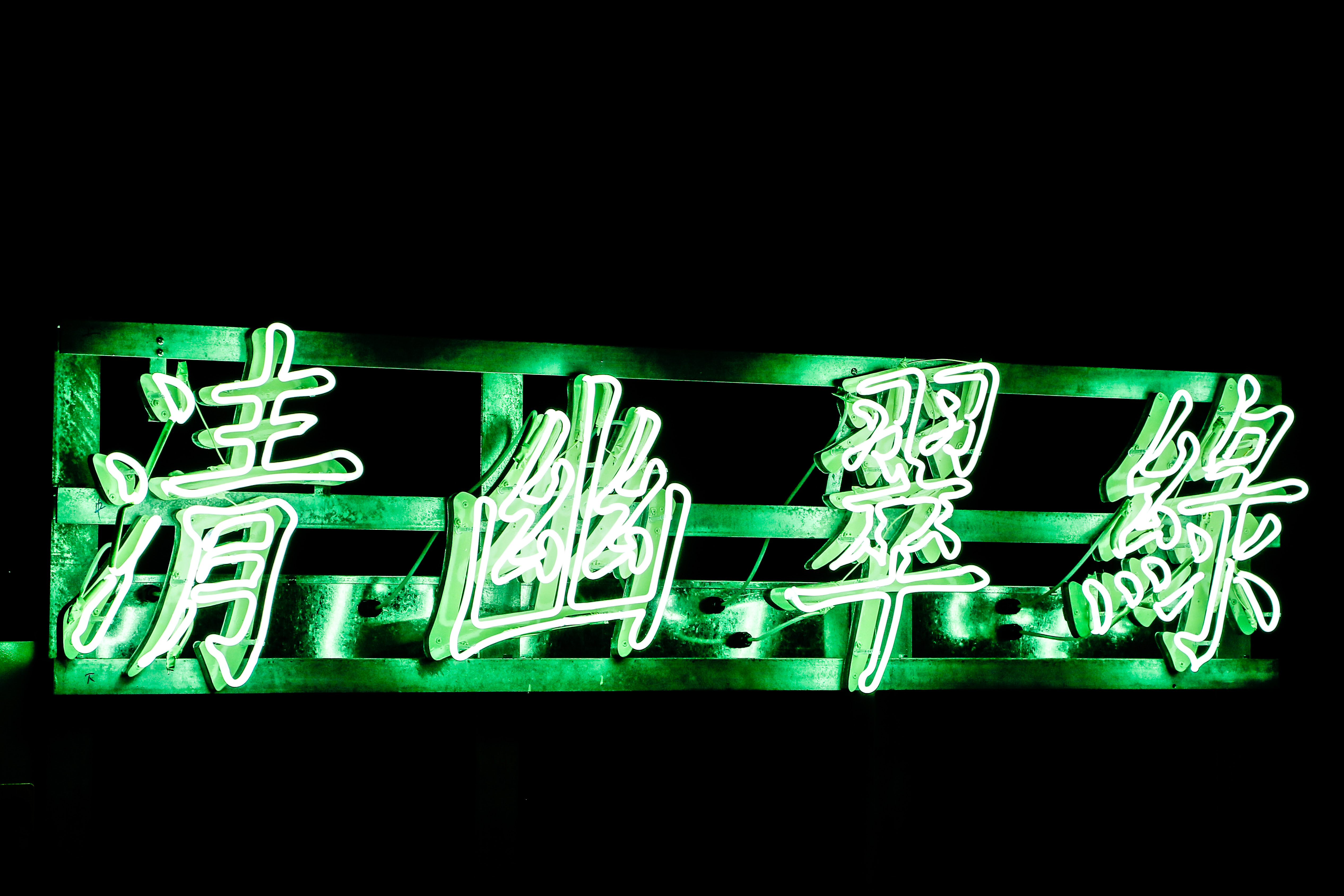
2018
Installation view at Harbour Arts Sculpture Park, Hong Kong
Courtesy of Harbour Arts Sculpture Park
Photo by Caster Cheung
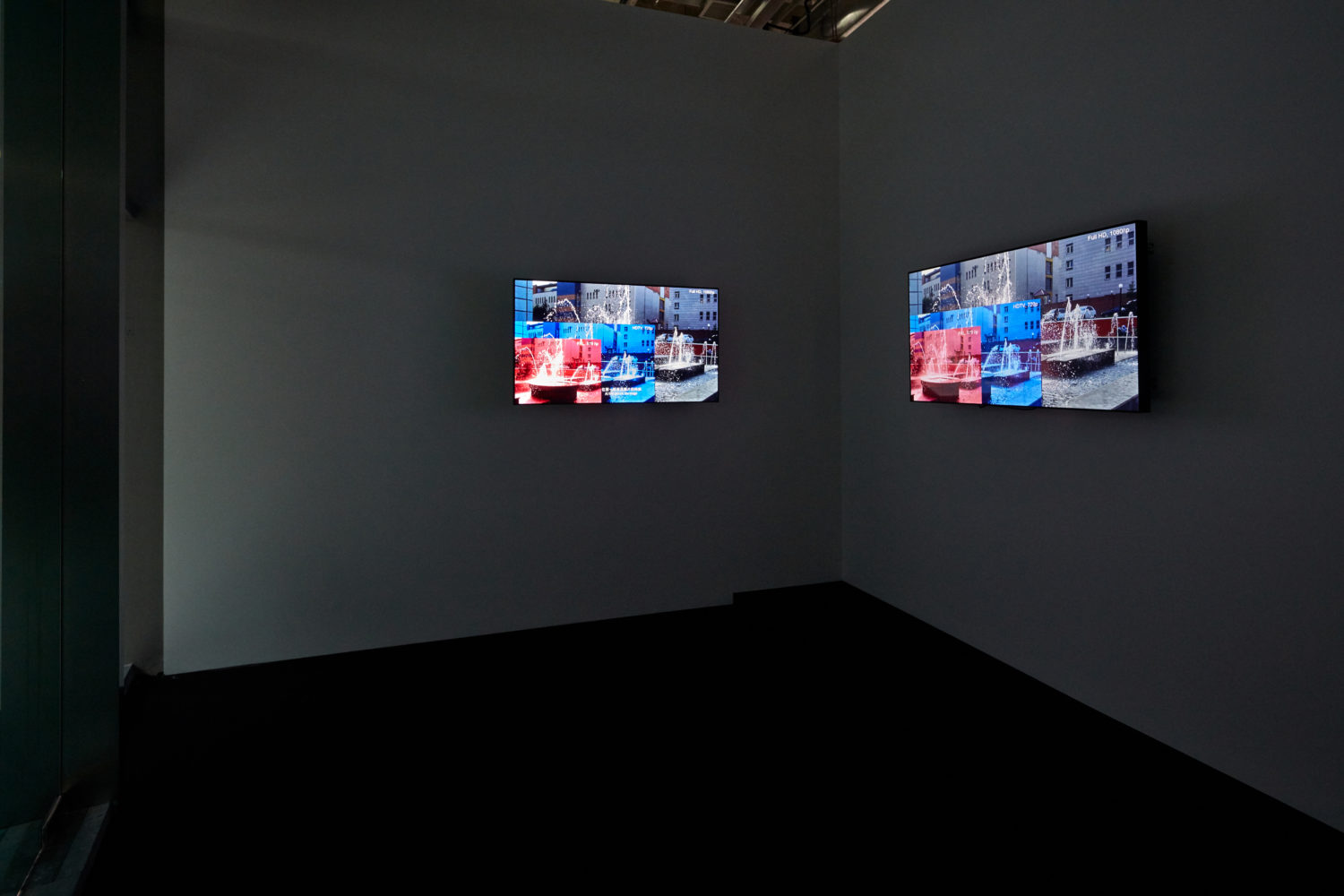
2017
Double-channel video
7 min 50 sec
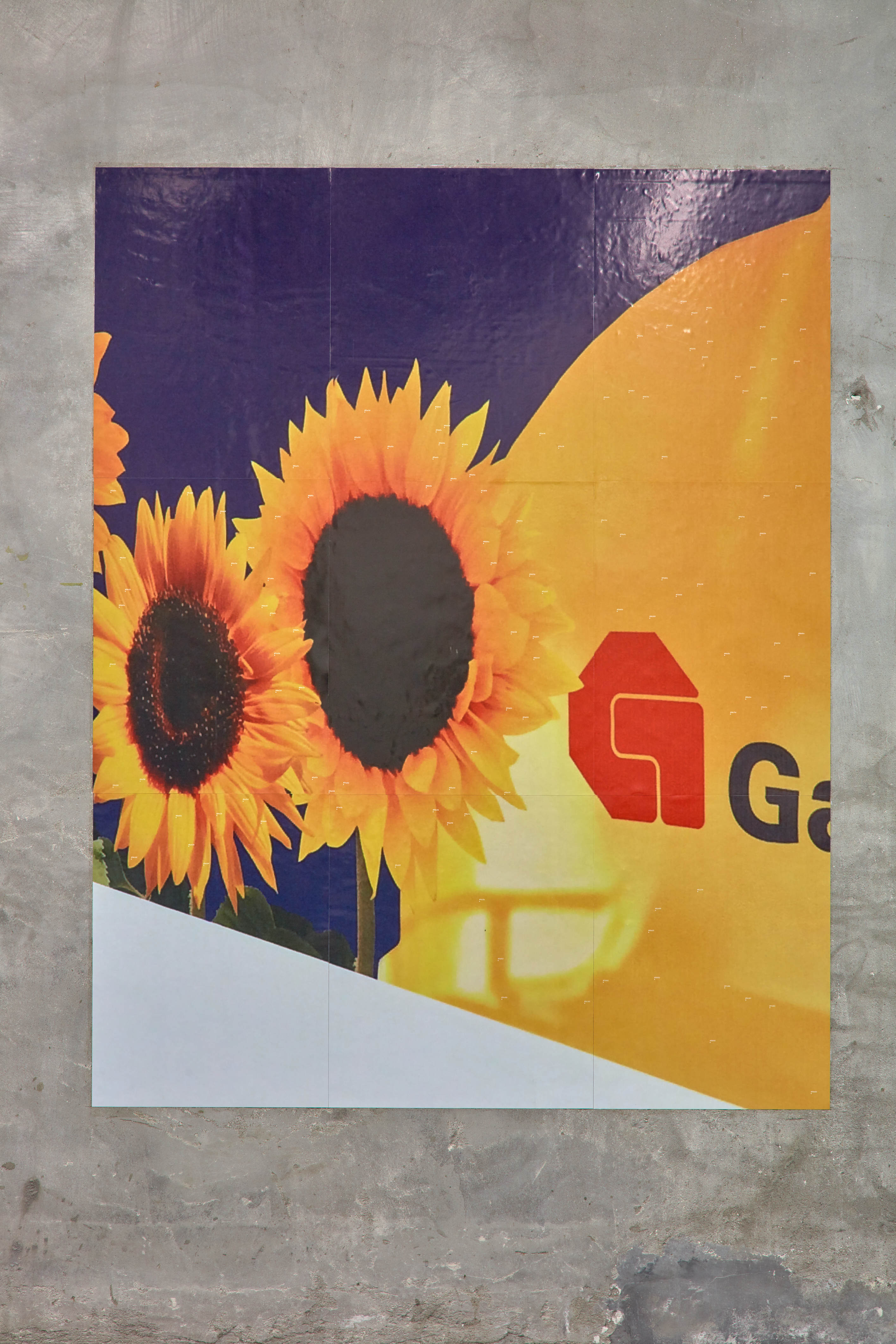
2017
Digital print
176.5 x 138.5 cm

2017
Warning light, nitrocellulose lacquer
15.5cm x 8cm x 8cm each
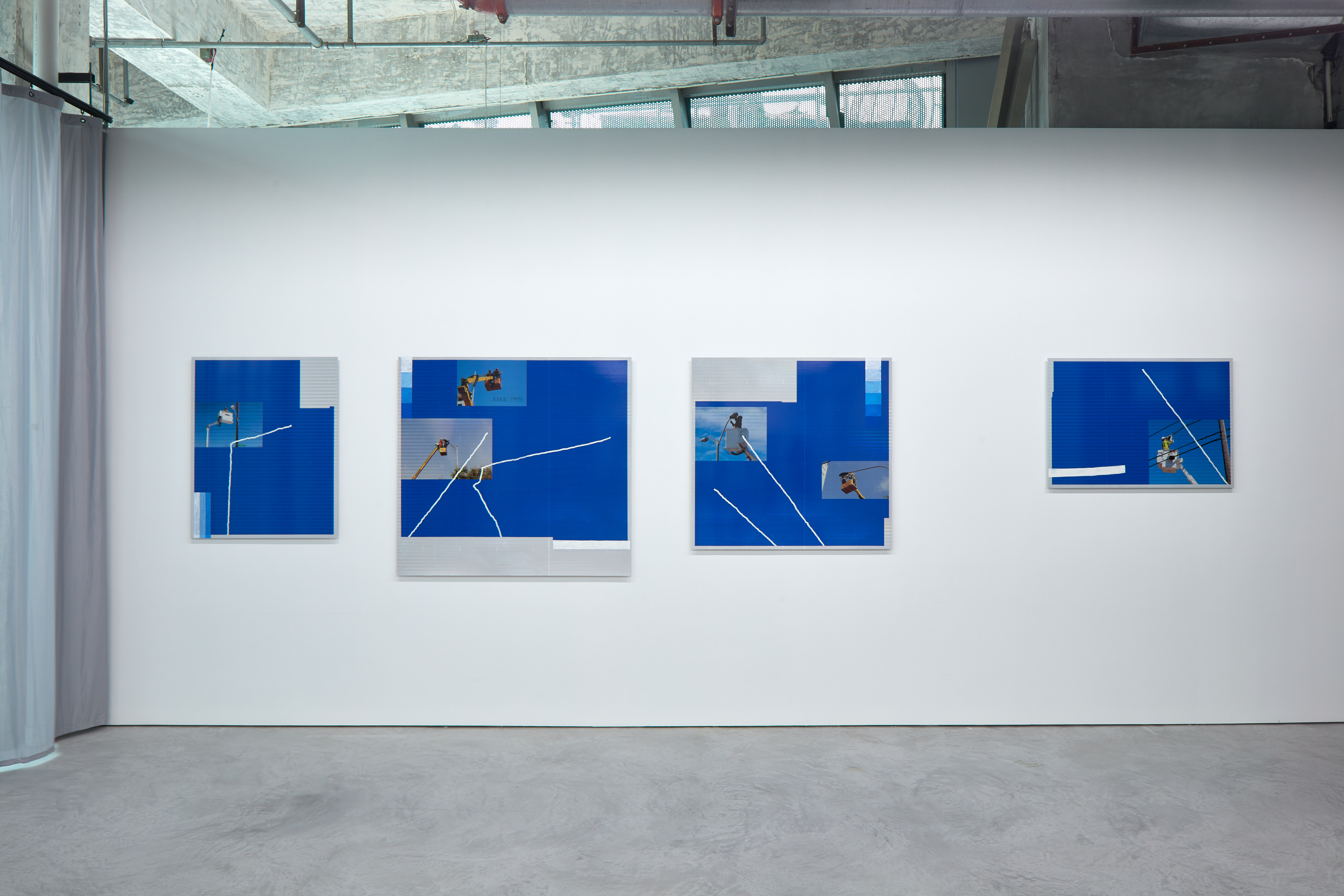
2017
Enamel paint, acrylic, digital print on aluminium plates
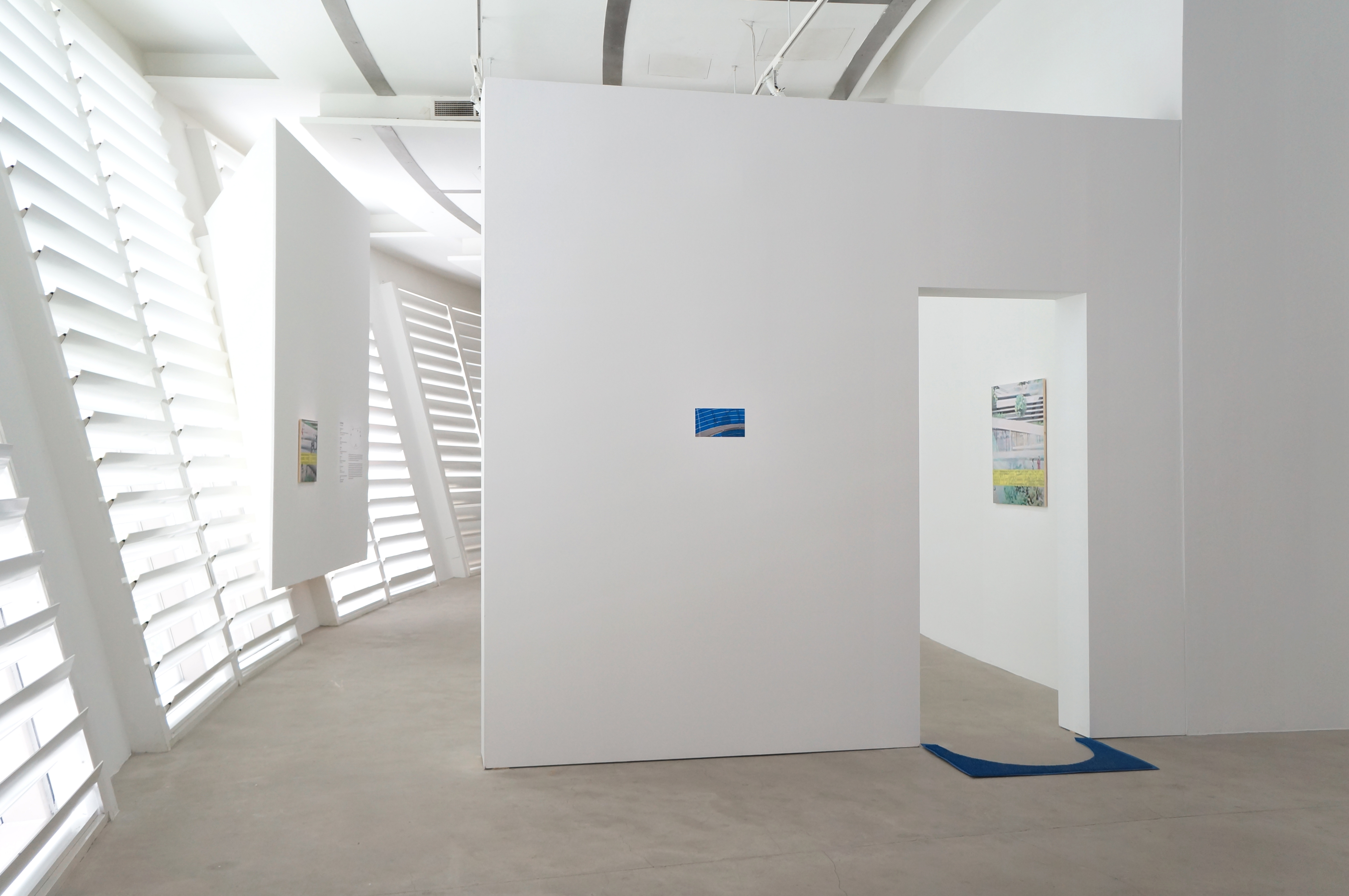
2016
Installation view at ‘The Genius of the Crowd’, Singapore
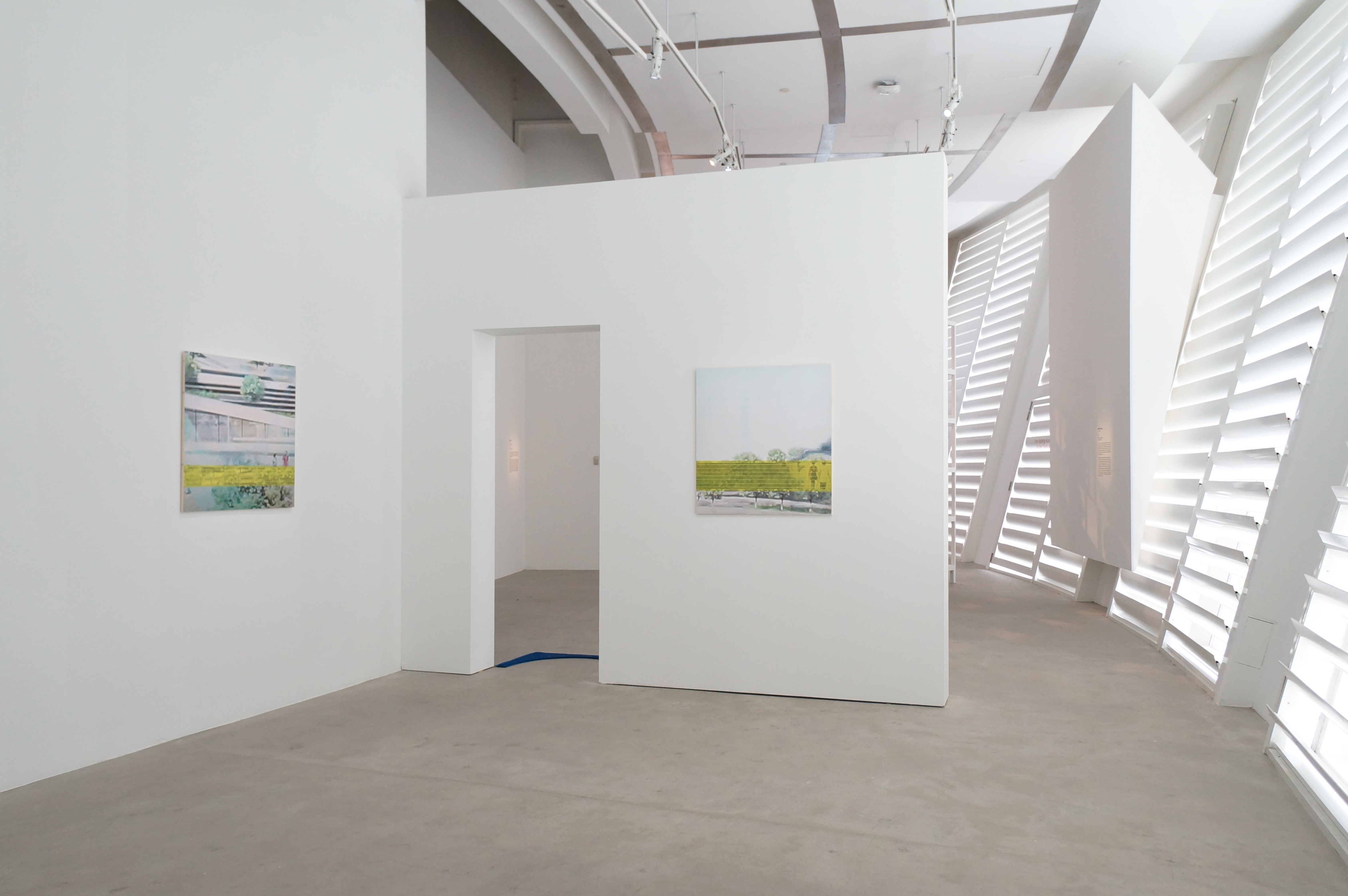
2016
Installation view at ‘The Genius of the Crowd’, Singapore
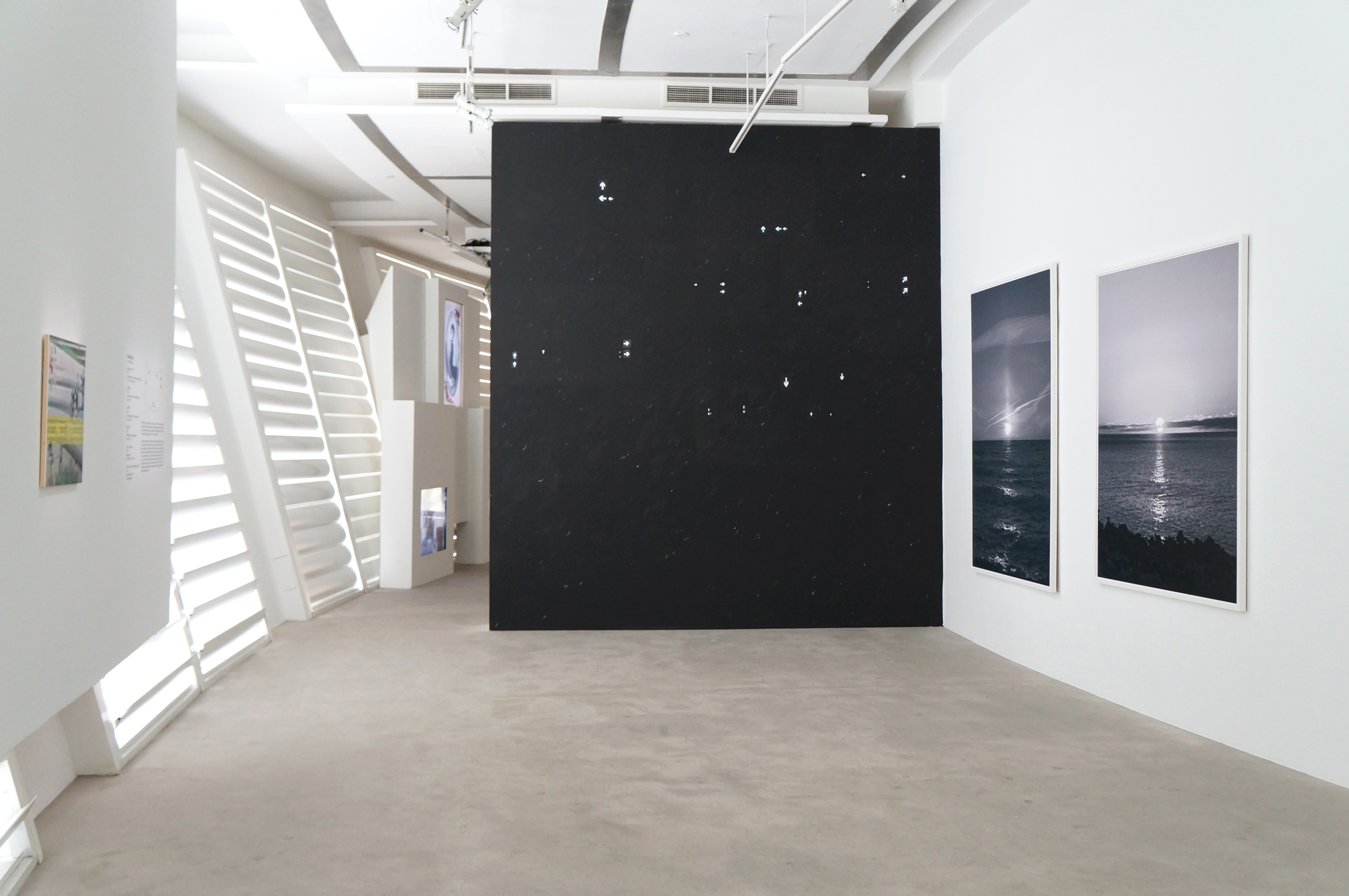
2016
Installation view
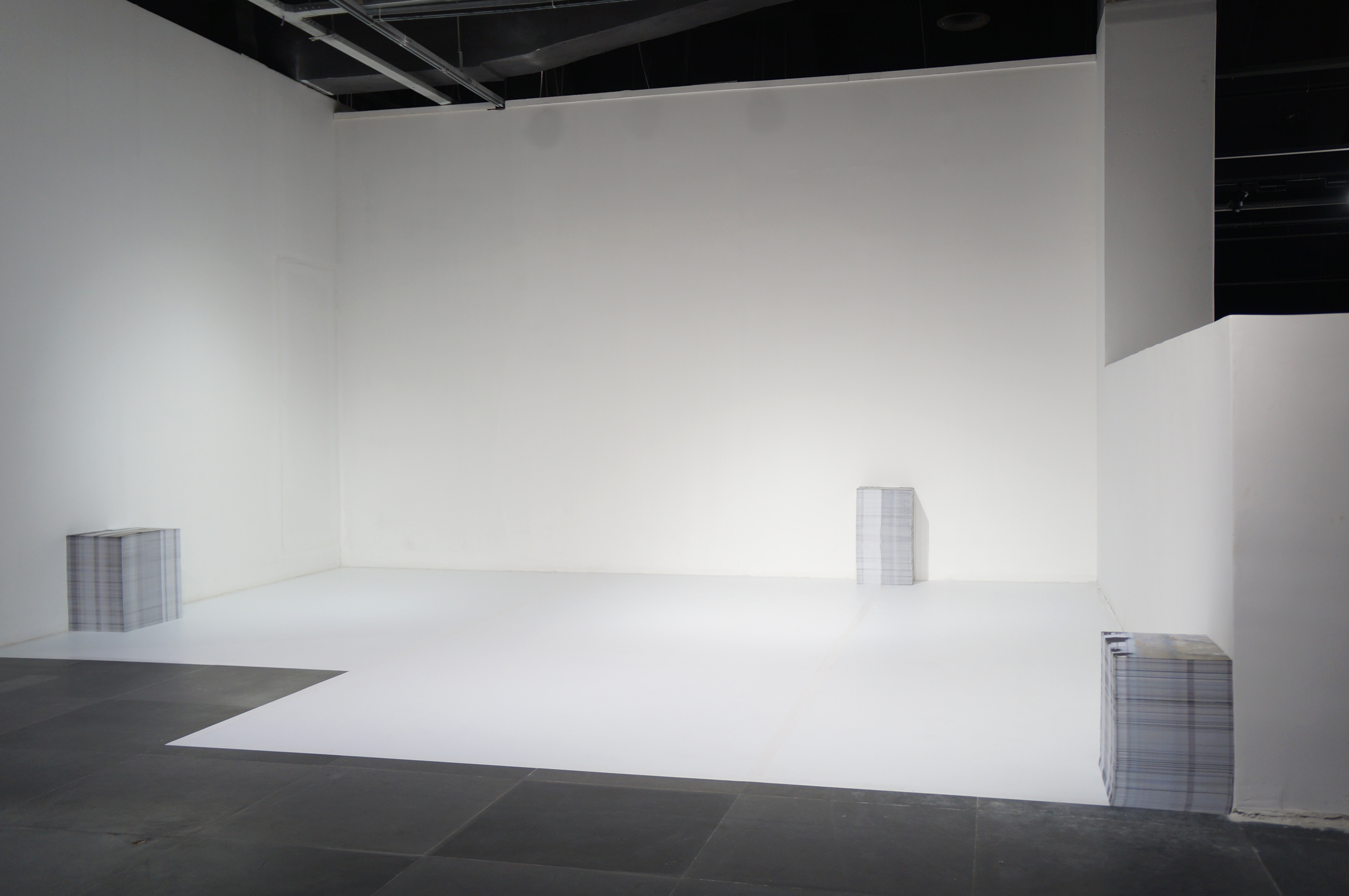
2016
Installation view at The 5th Art Sanya – Huayu Youth Award Shortlisted Artist Group Exhibition, Sanya, China
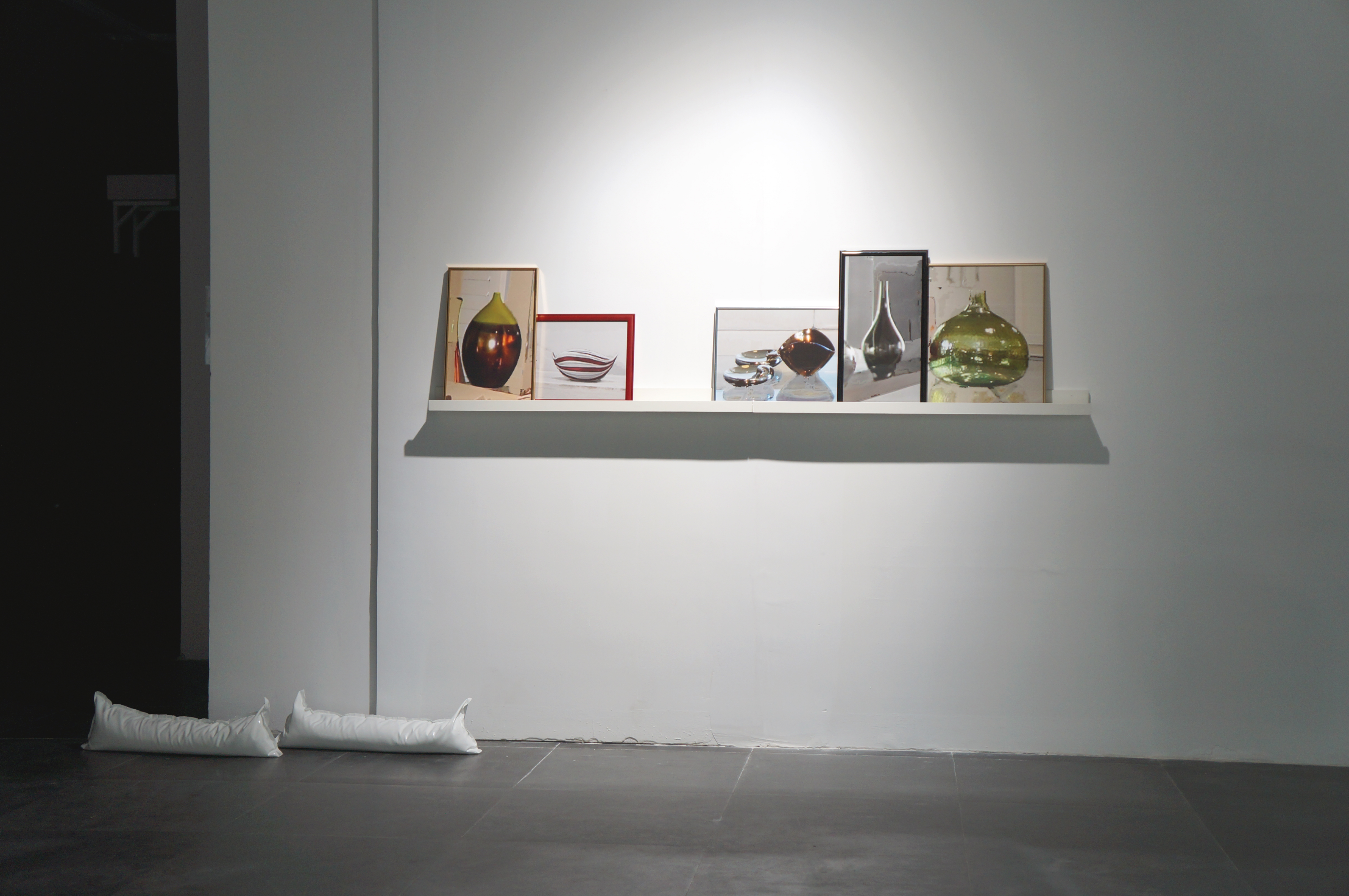
2016
Installation view
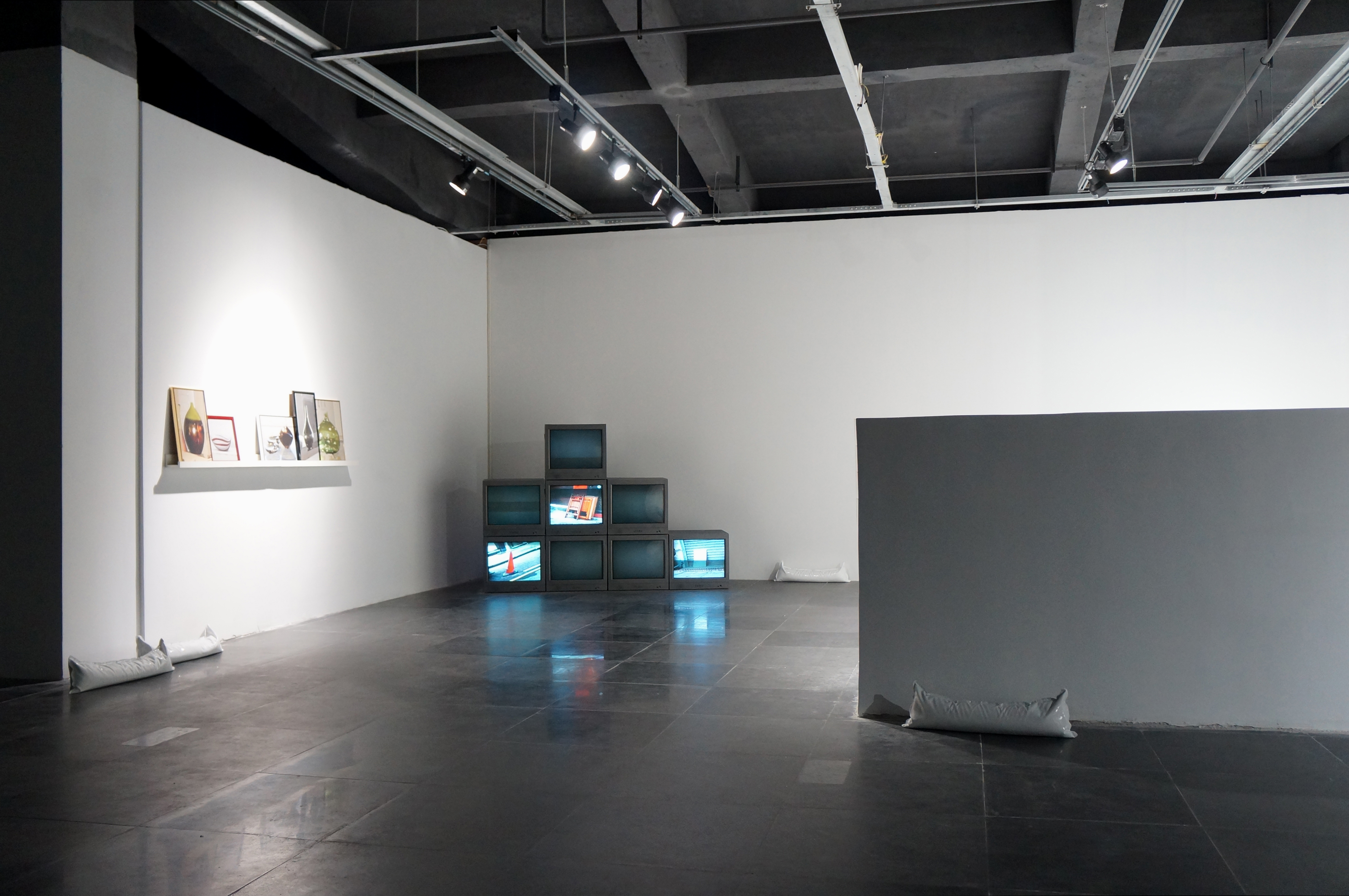
2016
Installation view
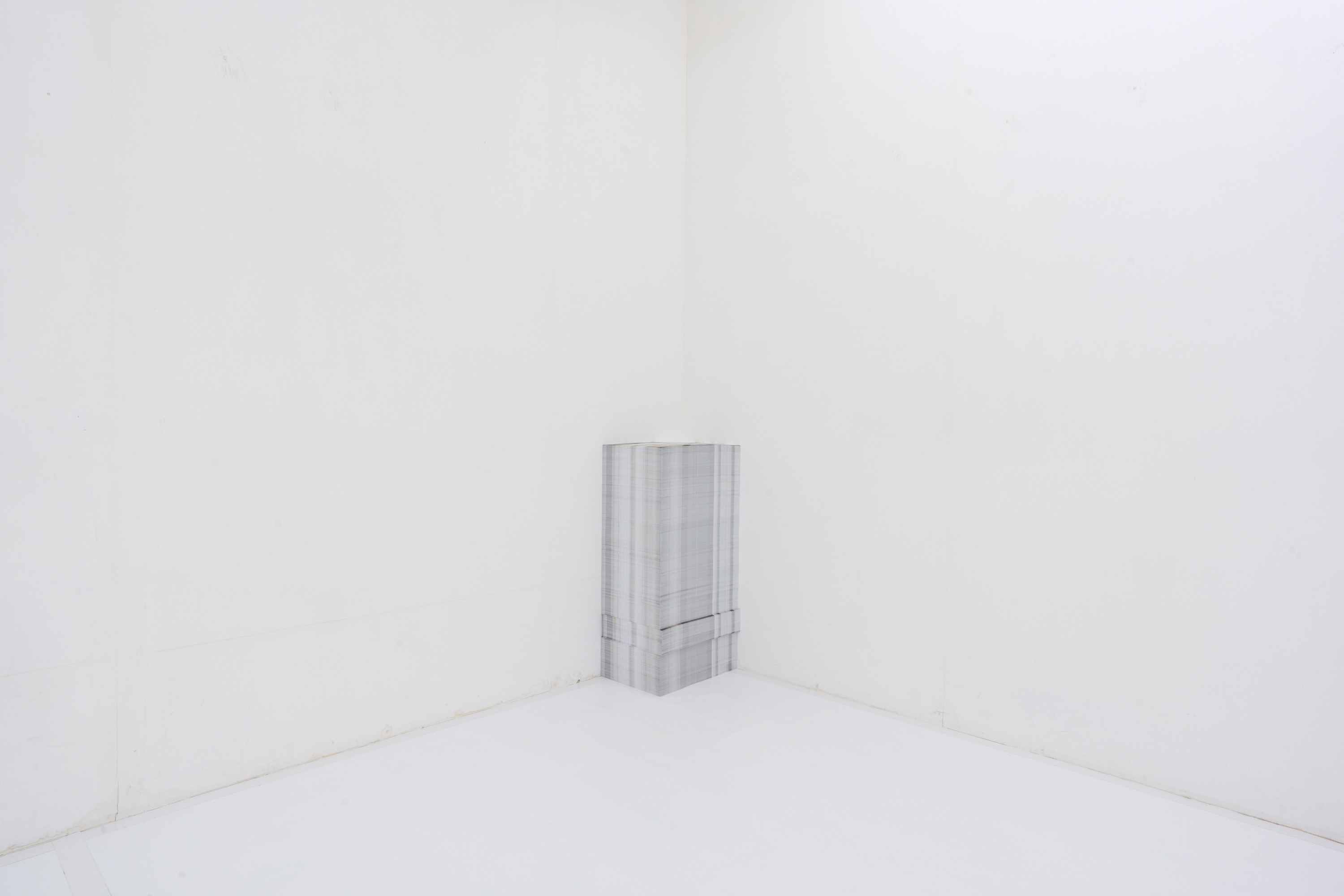
2016
Installation view at 100ft Park, Hong Kong
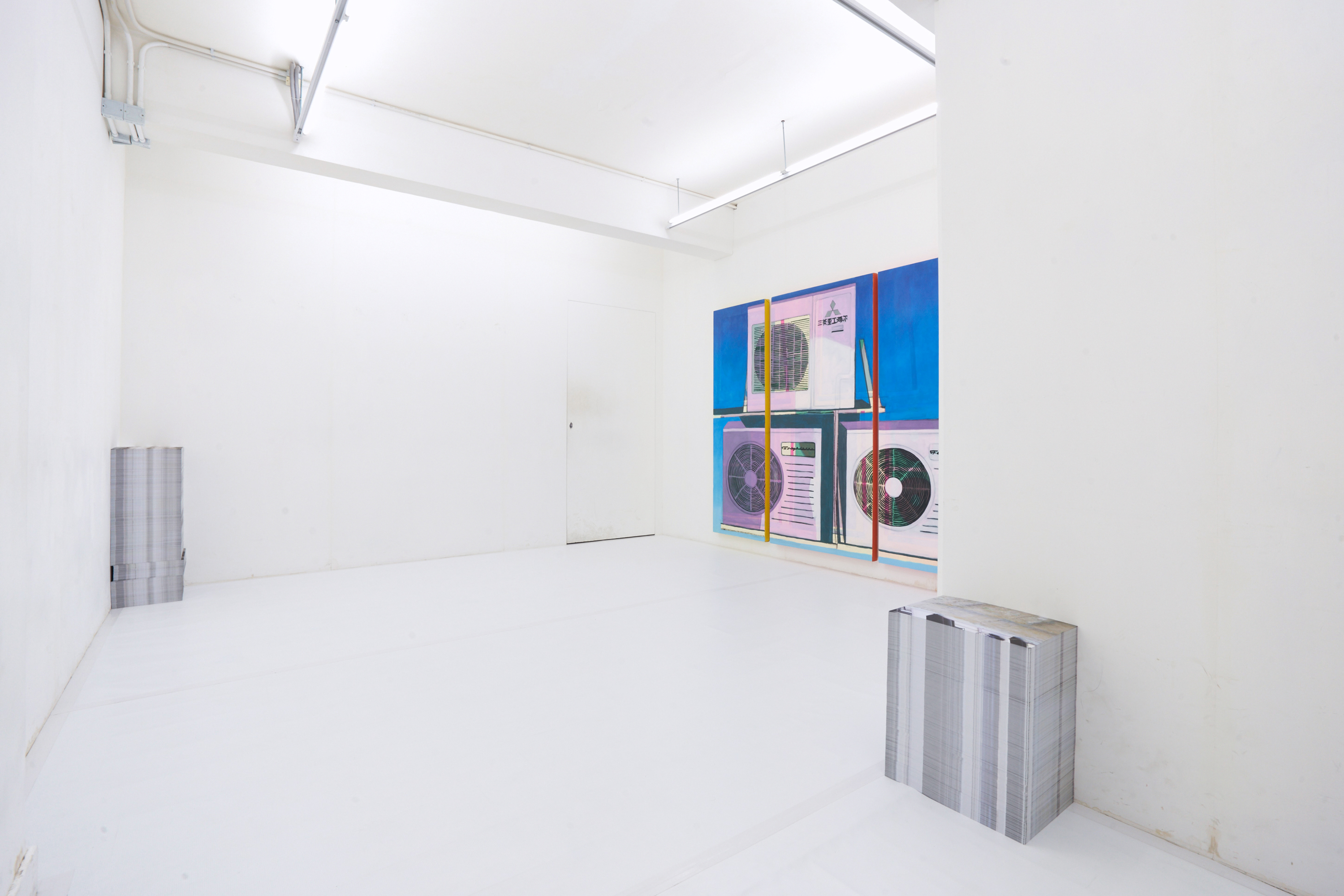
2016
Installation view at 100ft Park, Hong Kong
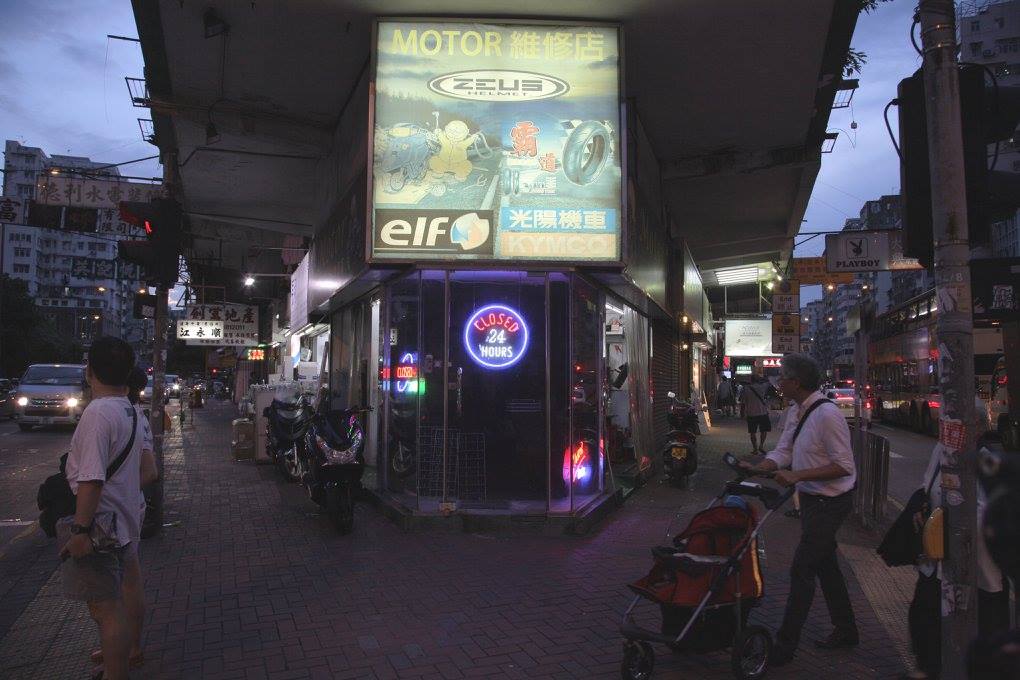
2016
Installation view at Holy Motors, Hong Kong
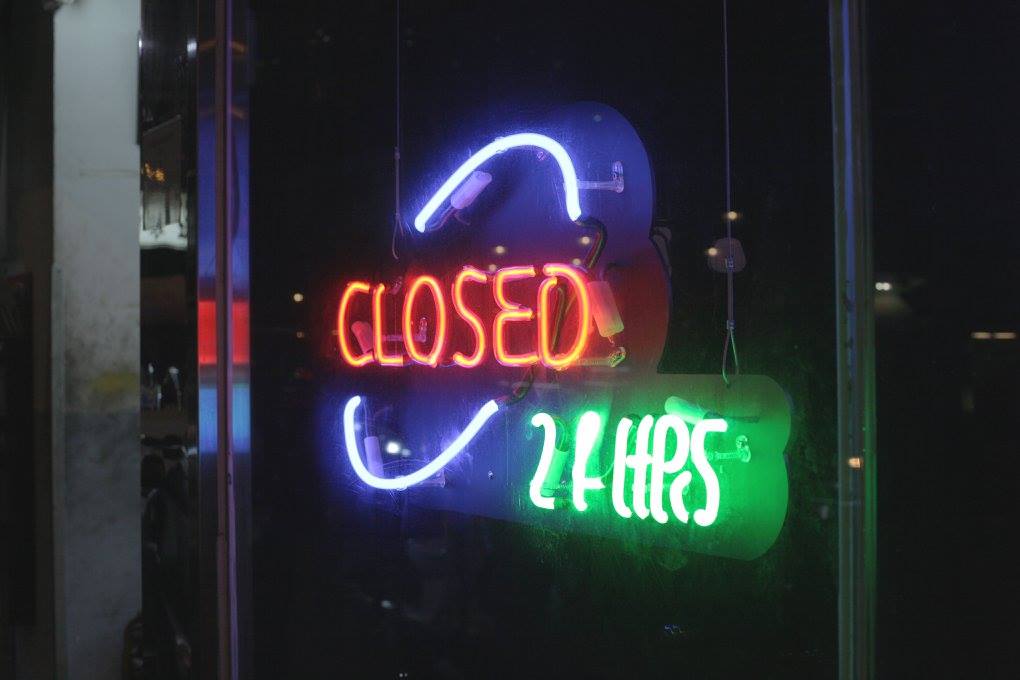
2016
Installation view at Holy Motors, Hong Kong
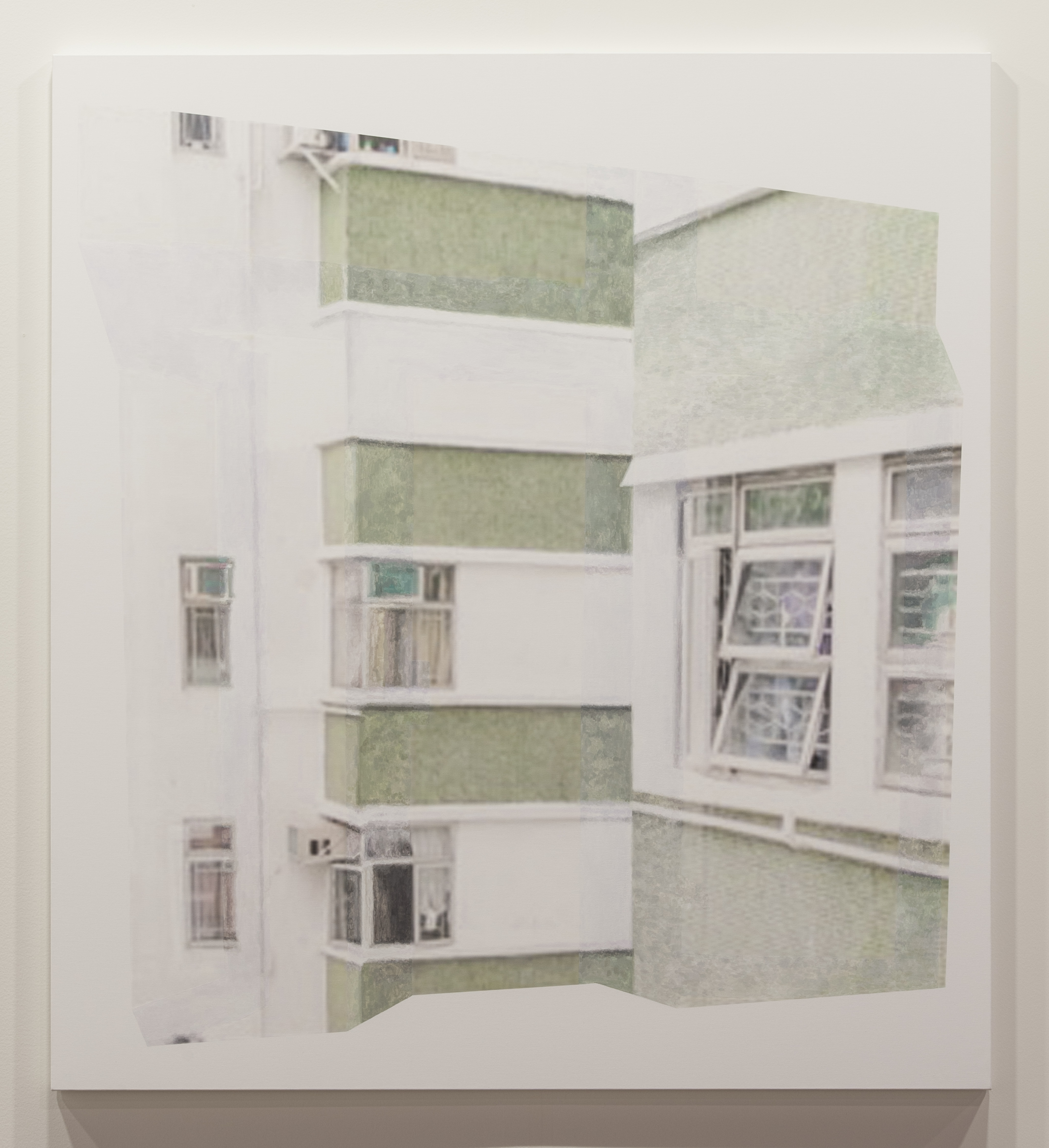
2016
Acrylic, archival inkjet print on canvas
137 x 151 cm

2015
HD video(11min 12sec, colour, mute), fluorescent lamps with waterproof cases, fluorescent tubes’ paper sleeves, stainless steel bin
Dimensions variable
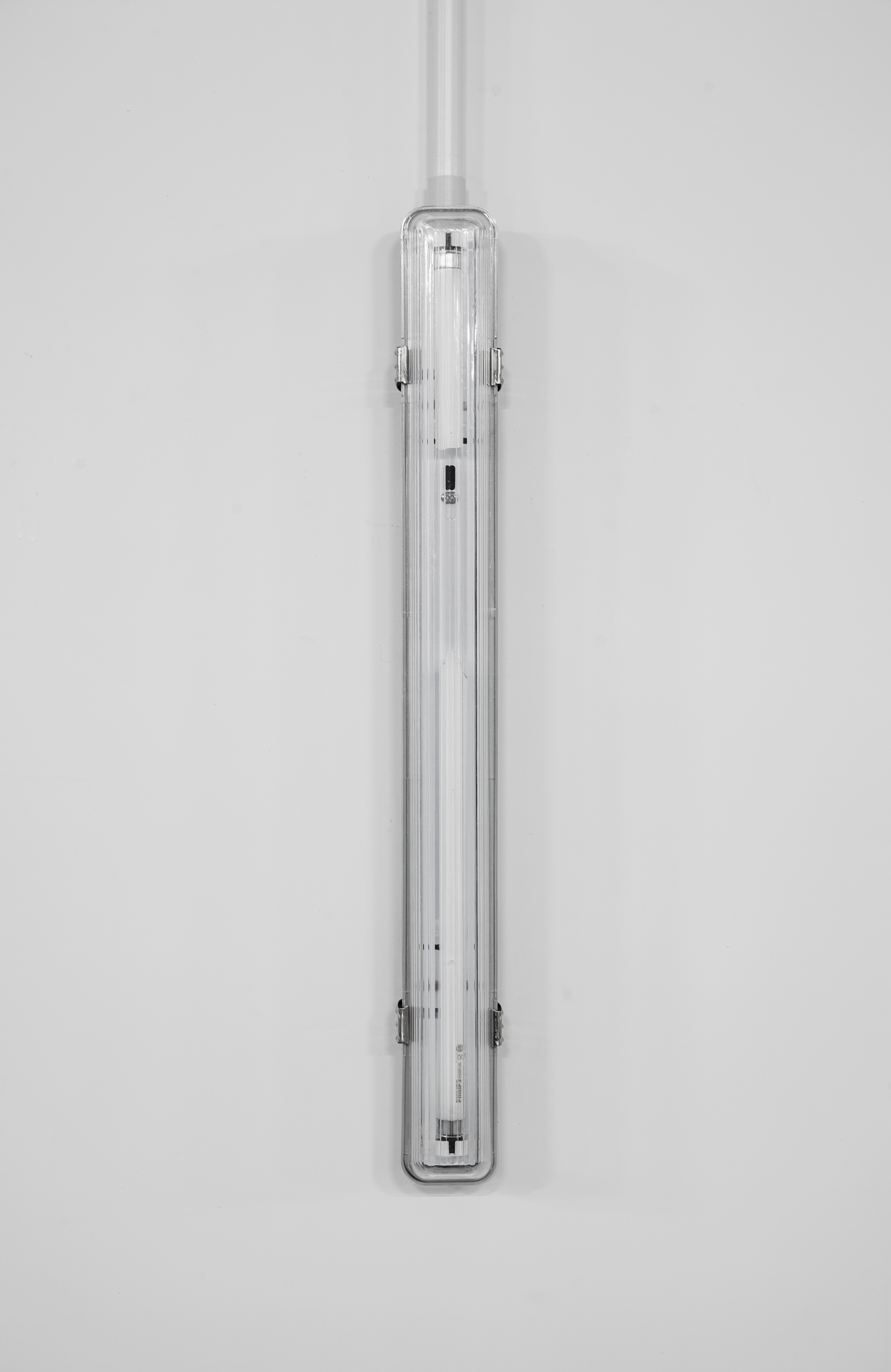
2015
HD video(11min 12sec, colour, mute), fluorescent lamps with waterproof cases, fluorescent tubes’ paper sleeves, stainless steel bin
Dimensions variable
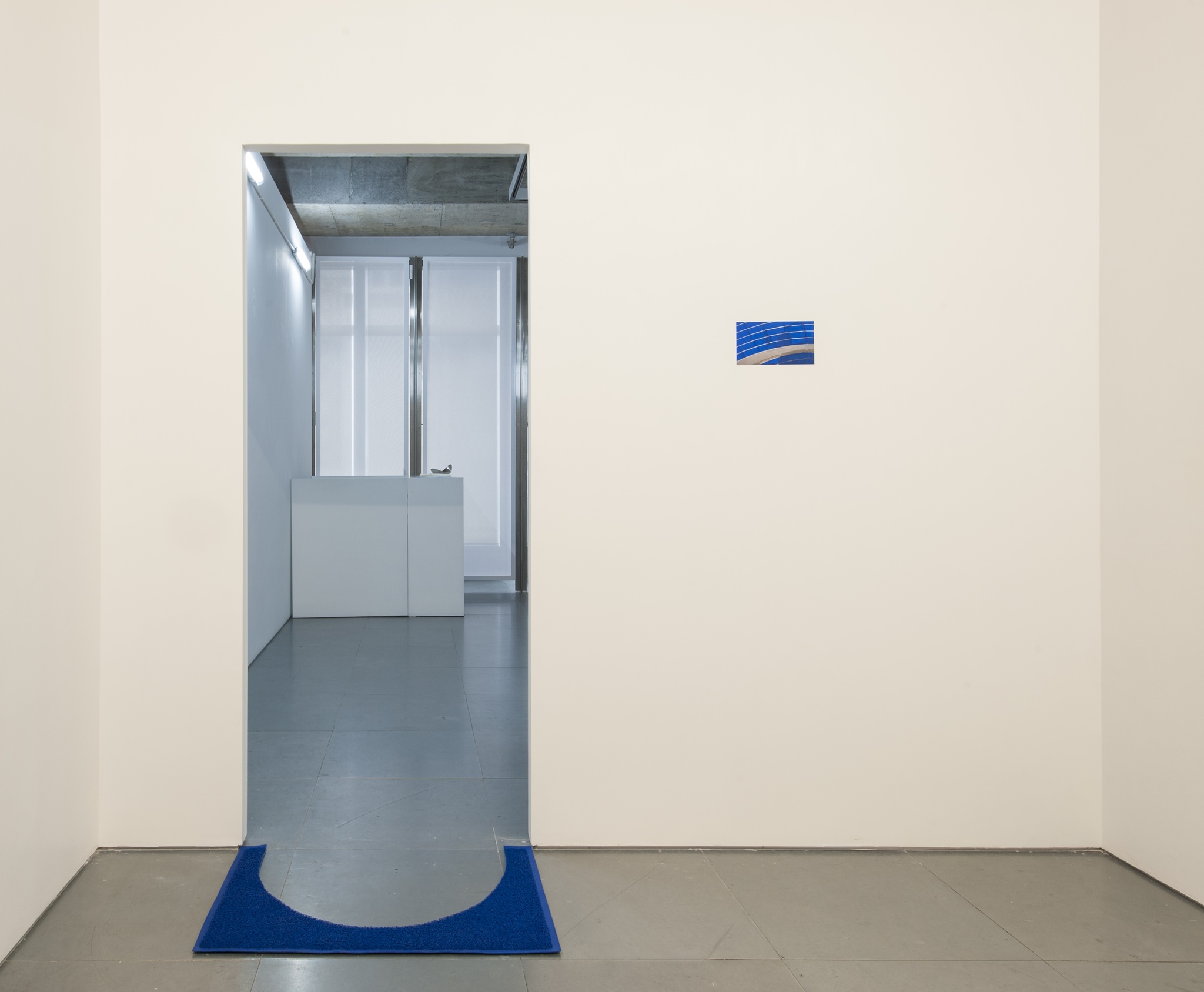
2015
Electrical tape, Archival inkjet print, plastic carpet
13 x 23 cm, 58 x 86 cm
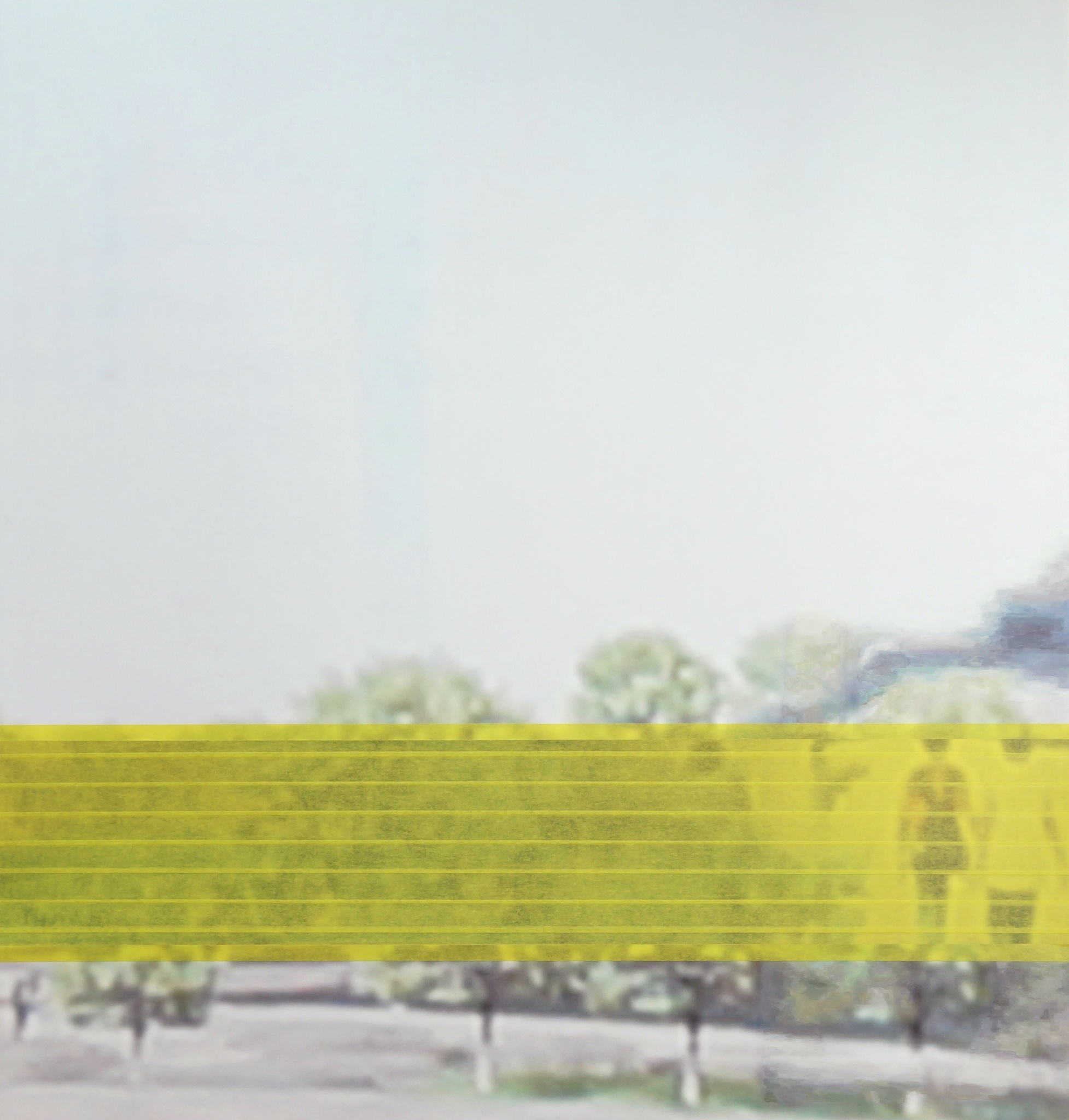
2015
Acrylic, washi tape on archival inkjet print
84 x 79 cm
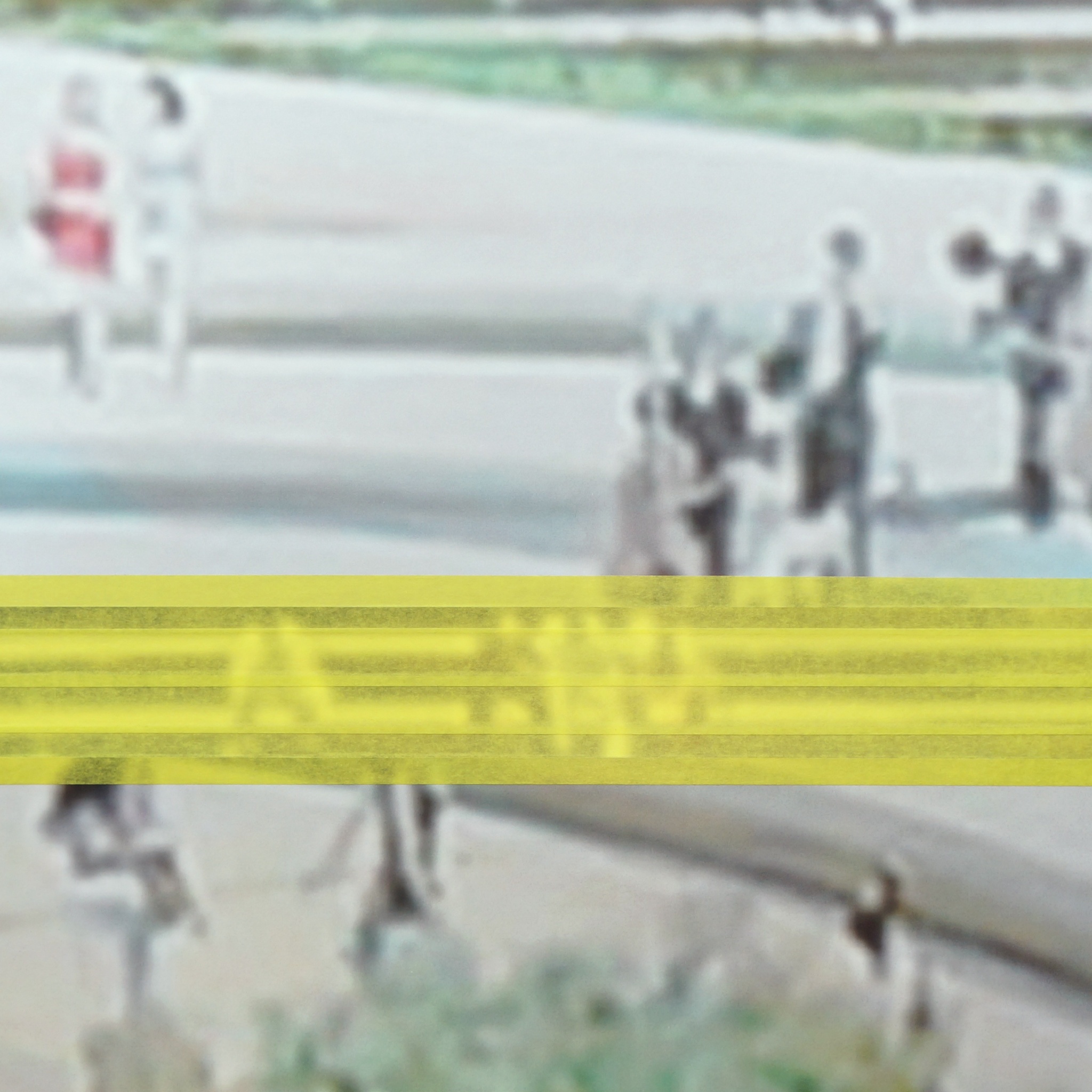
2015
Washi tape on archival inkjet print
45.7 x 45.7 cm
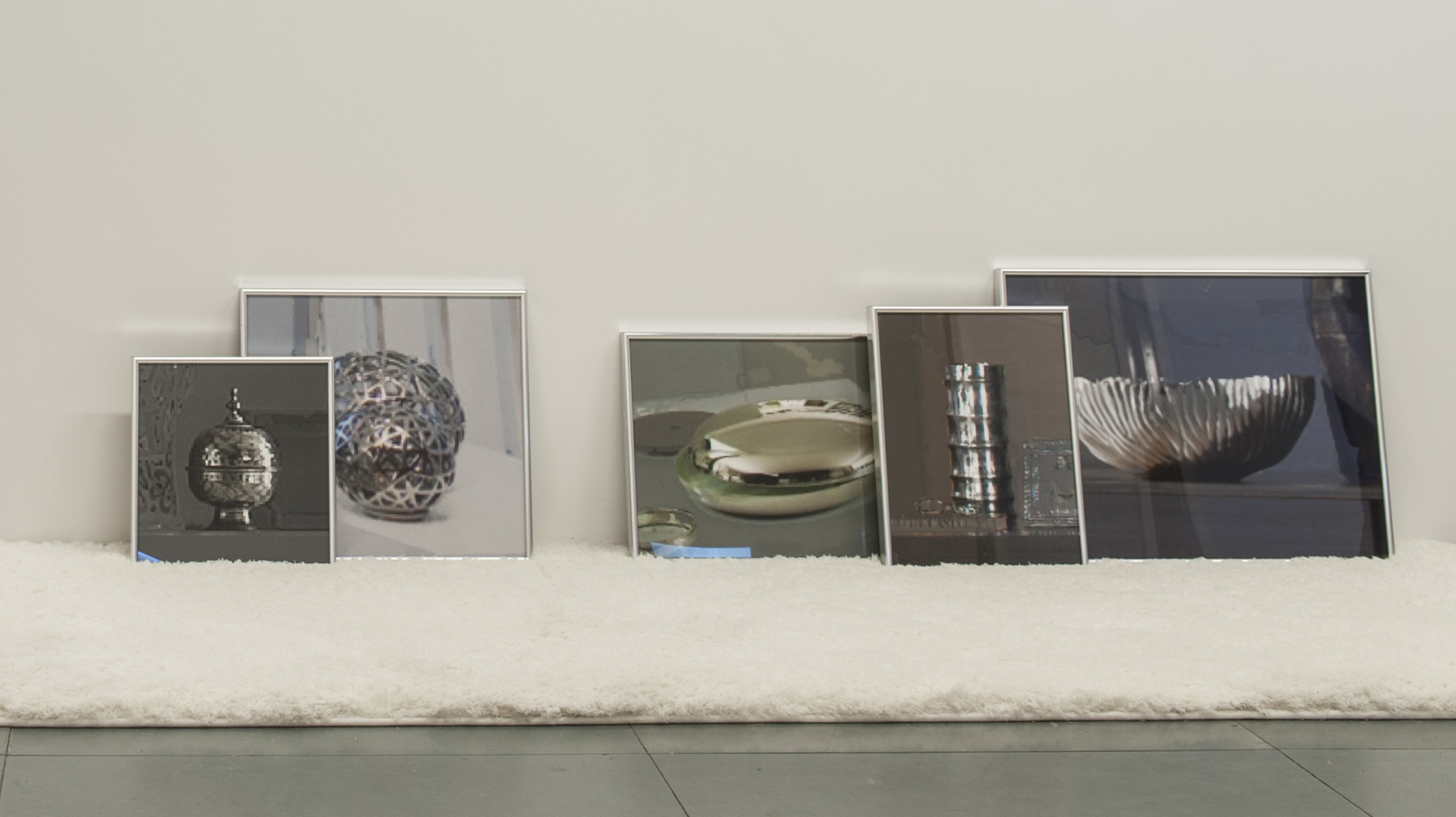
2015
Archival inkjet prints with aluminium alloy frames, synthetic fiber carpet
Variable dimensions
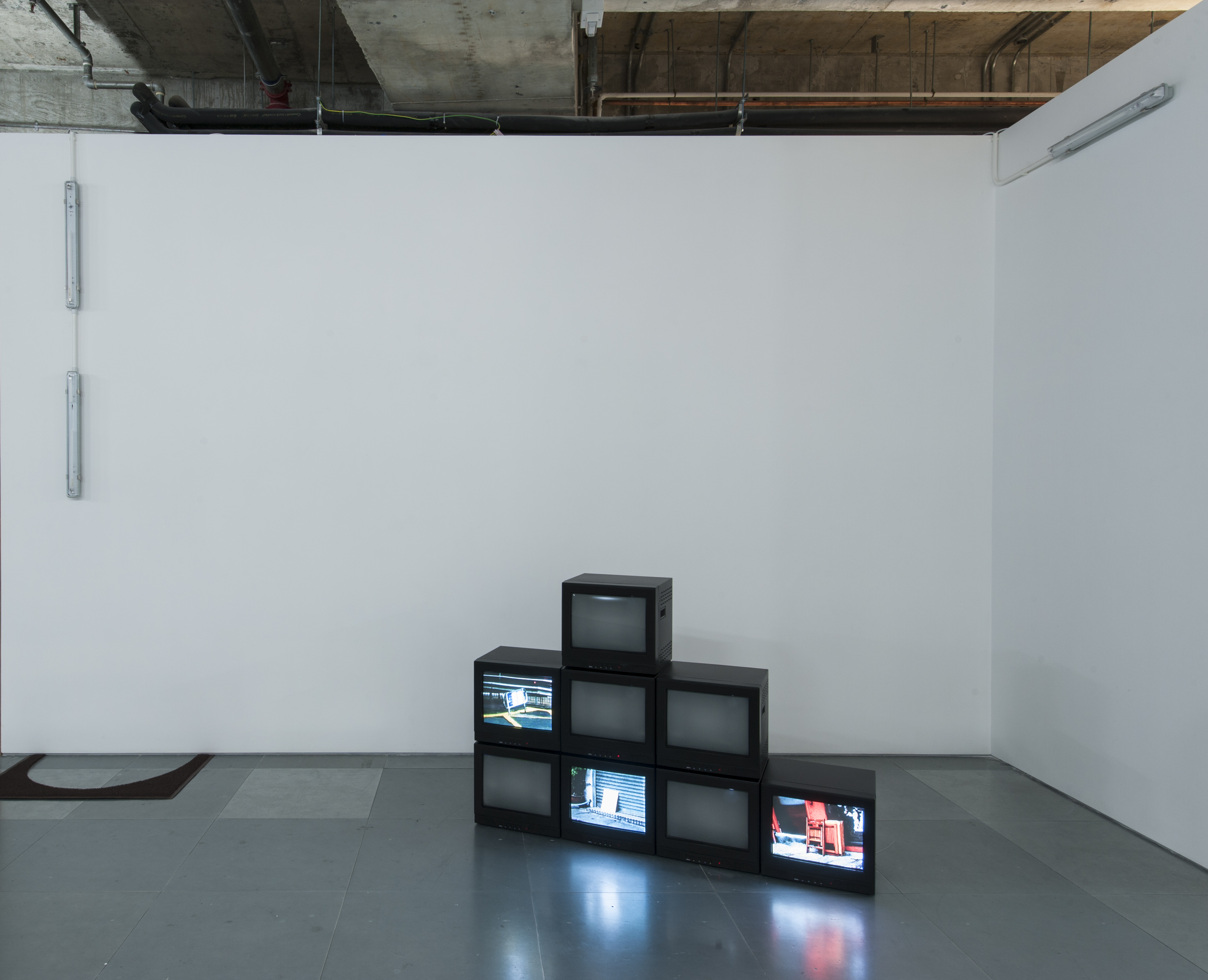
2015
HD videos, CRT monitors
Dimensions variable

2015
Neon light
180 cm x 80 cm

2015
Inkjet, digital printing, washi tape
10.5 cm x 21 cm
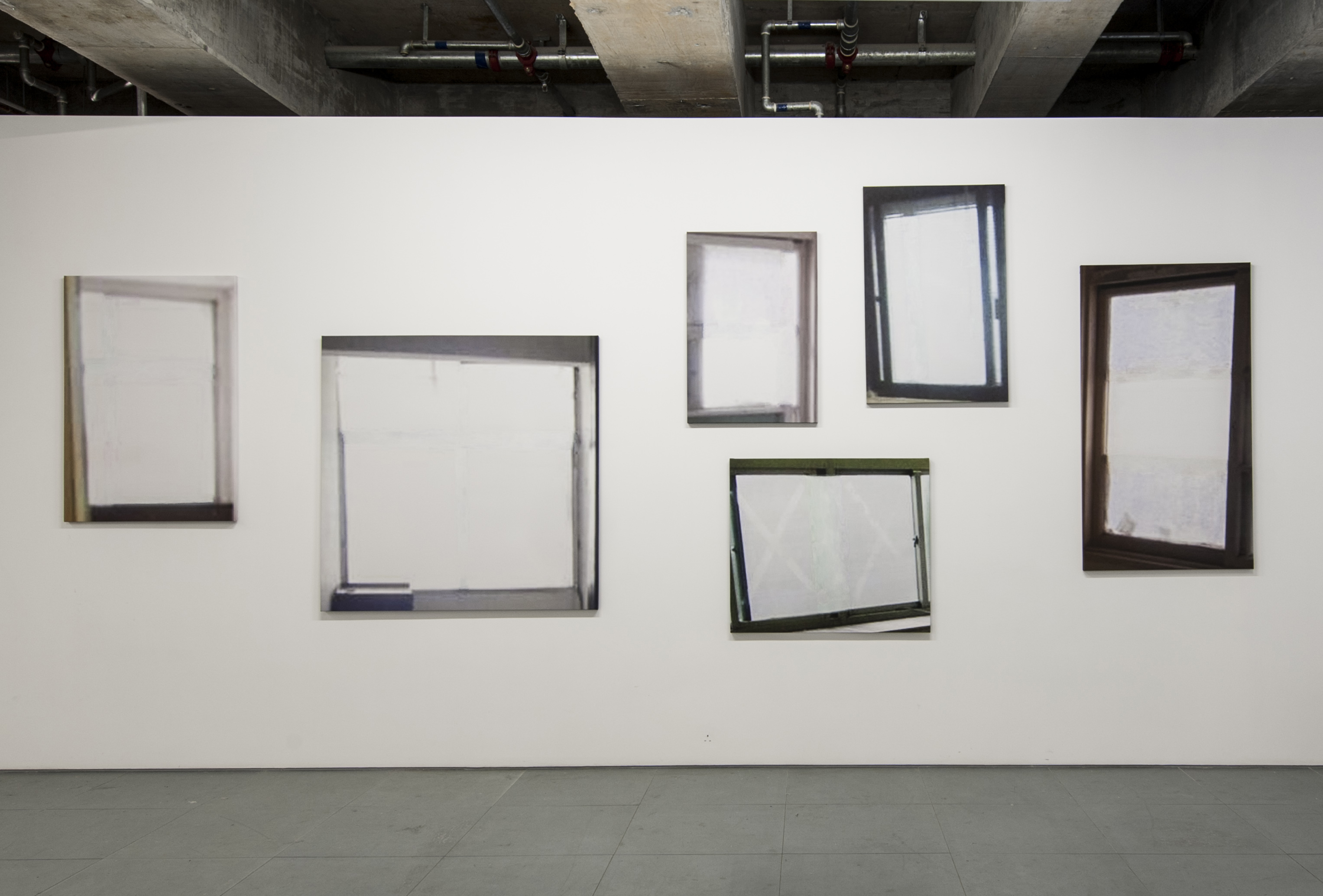
2014
Acrylic, archival inkjet print on canvas
Variable dimensions
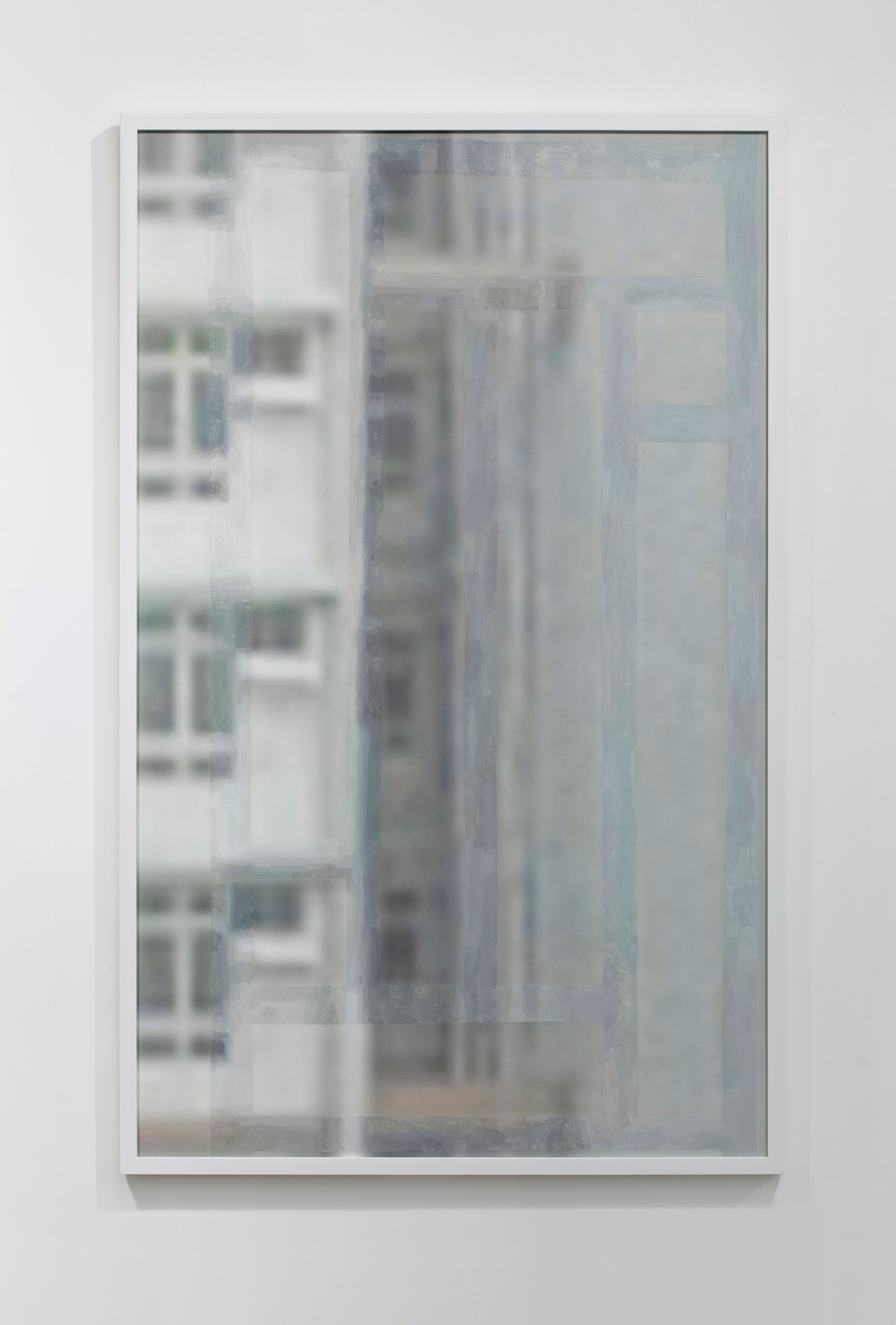
2014
Acrylic on archival inkjet print
75 x 121 cm
Photo courtesy of the artist and gallery EXIT

2014
Marker ink on noctilucent wallpaper
76.5 cm x 76.5 cm
Photo courtesy of the artist and Gallery EXIT
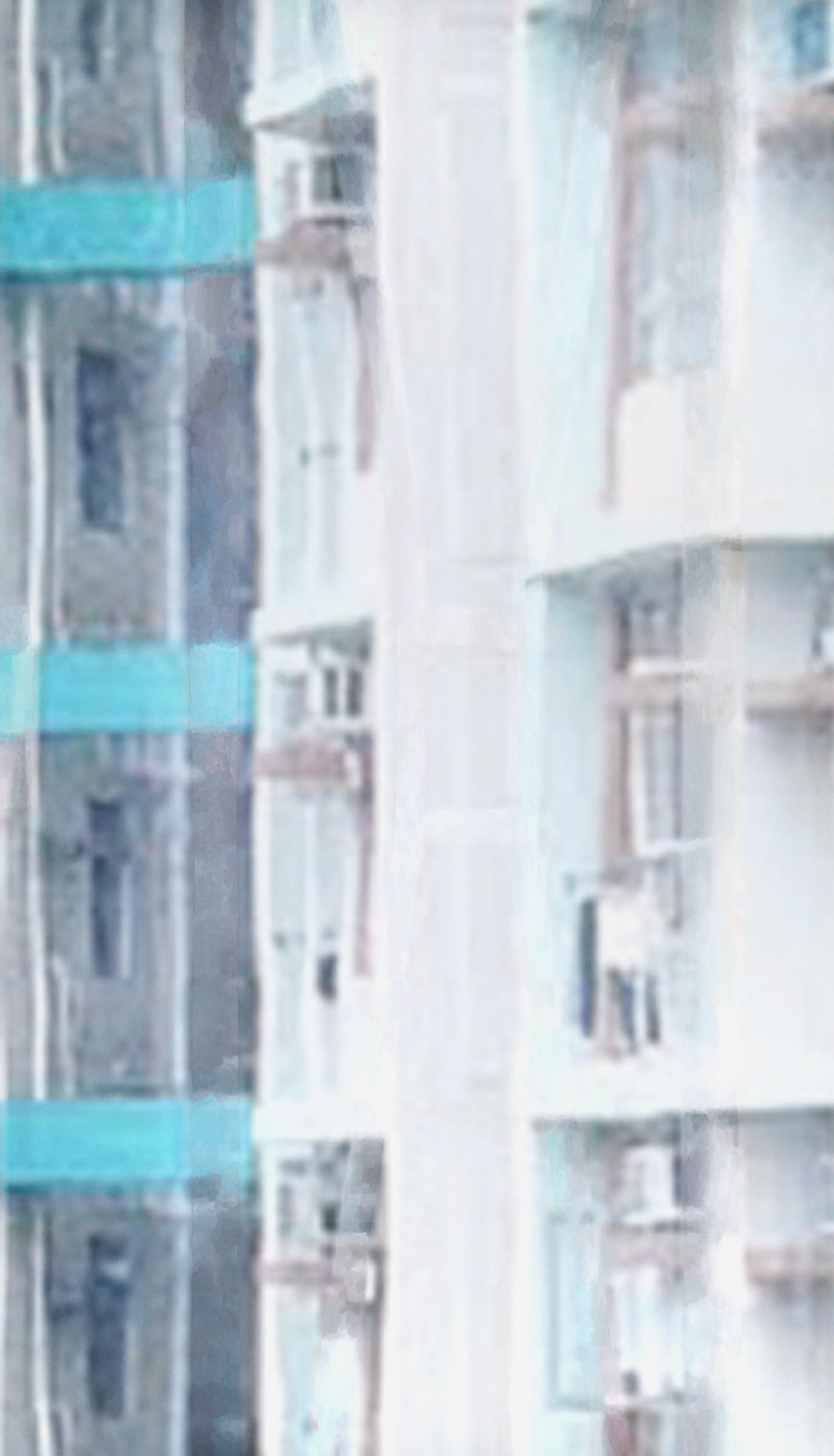
2014
Acrylic on archival inkjet print
85 x 148 x 2.5 cm

2014
Acrylic on archival inkjet prints
121 x 75 cm, 121 x 75 cm, 121 x 53 cm, 42 x 60 cm, 42 x 60 cm
Photo courtesy of the artist and Gallery EXIT

2014
Brushing lacquer on sandbags
63 x 20 x 7 cm
Photo courtesy of the artist and Gallery EXIT

2014
Jigsaw puzzle with wooden frame
41.5 x 56.5 cm
Photo courtesy of the artist and Gallery EXIT

2014
HD video
34 mins
Photo courtesy of the artist and Gallery EXIT

2014
Electrical tape, archival inkjet print on canvas
68 x 240 cm
Photo courtesy of the artist and Gallery EXIT
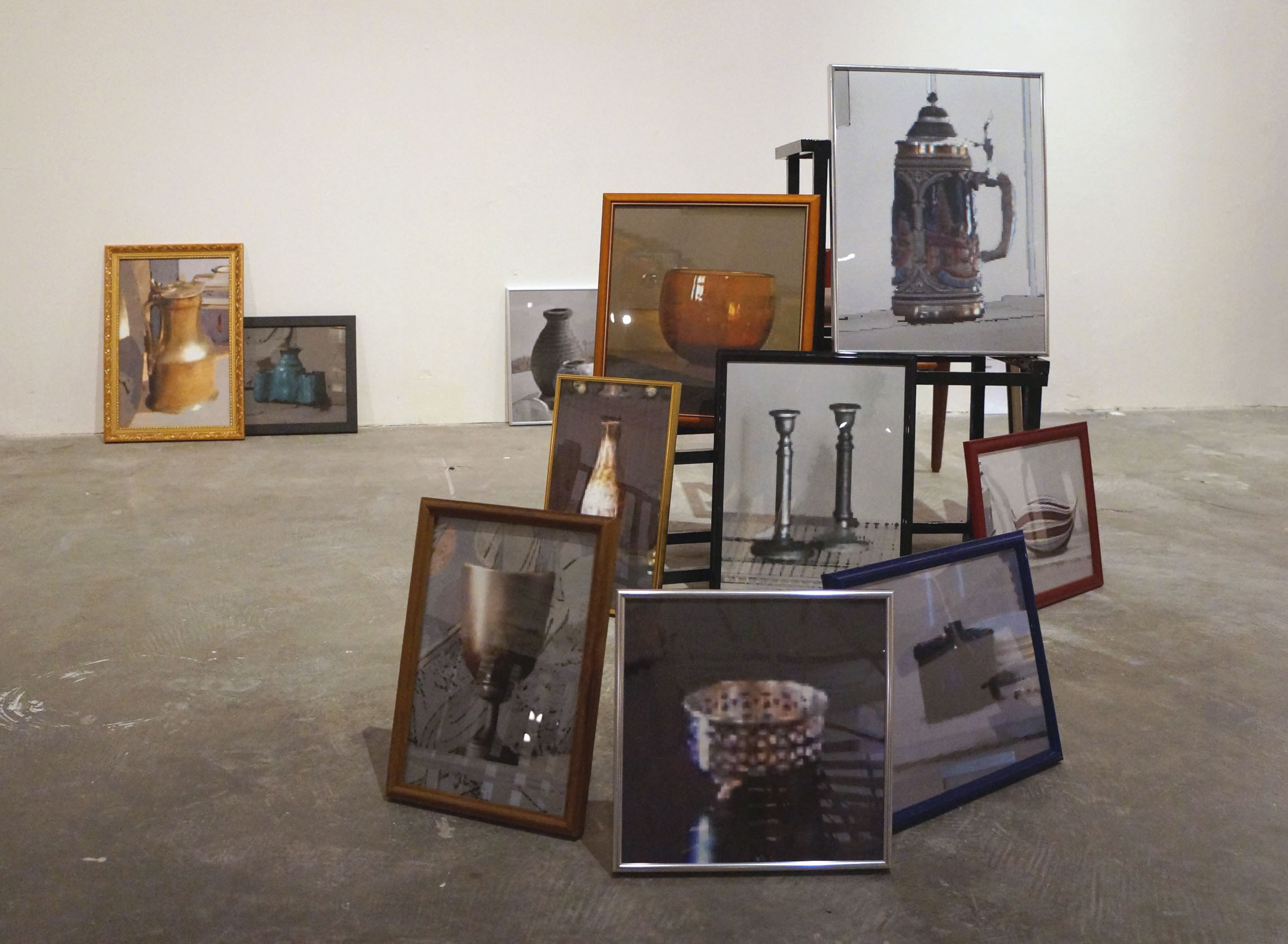
2013
Archival inkjet prints with frames
Dimensions variable

2013
Acrylic on archival inkjet print
113.5 x 83 cm
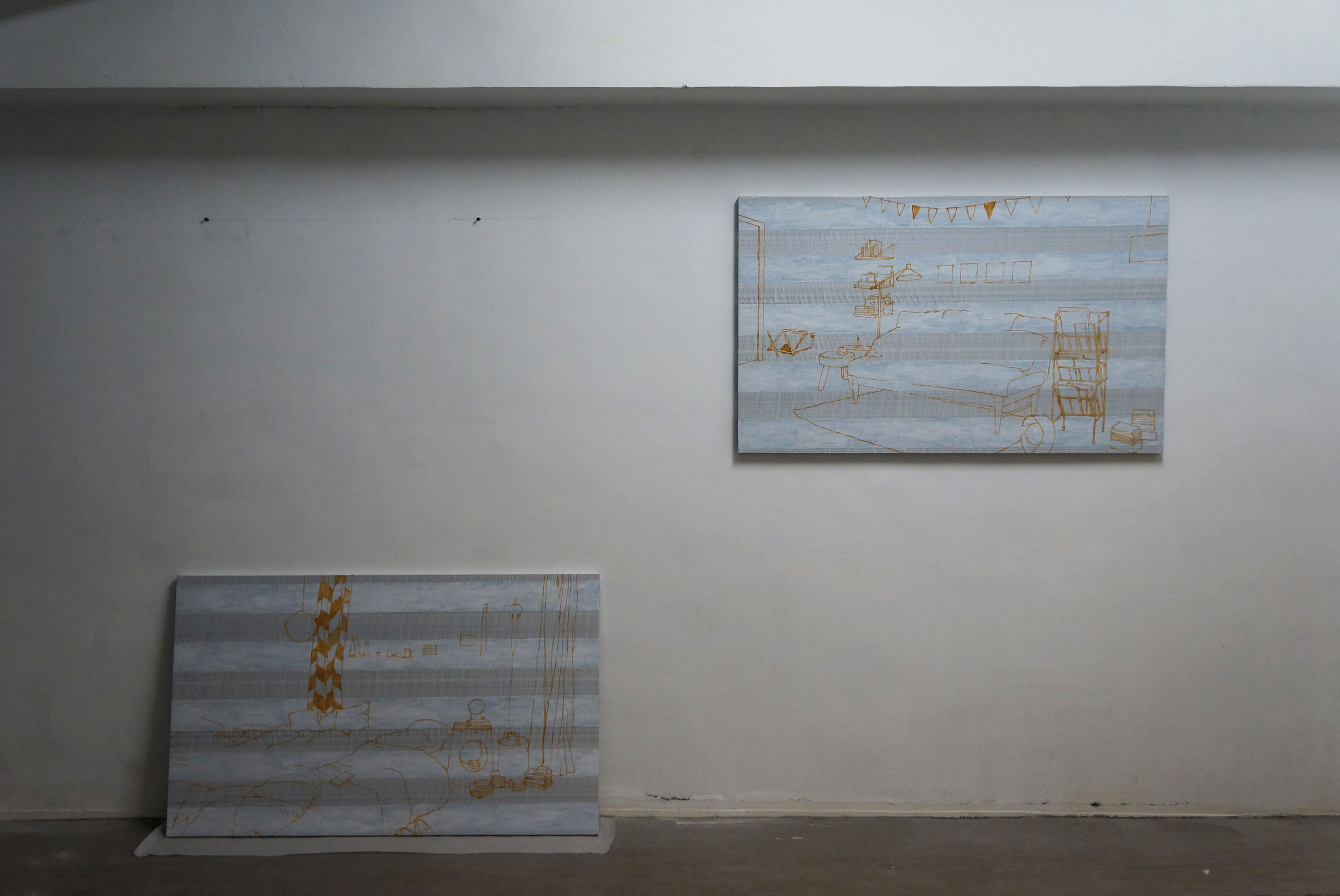
2012
Acrylic, primer on tarpaulin, tracing paper
110 x 66 cm each
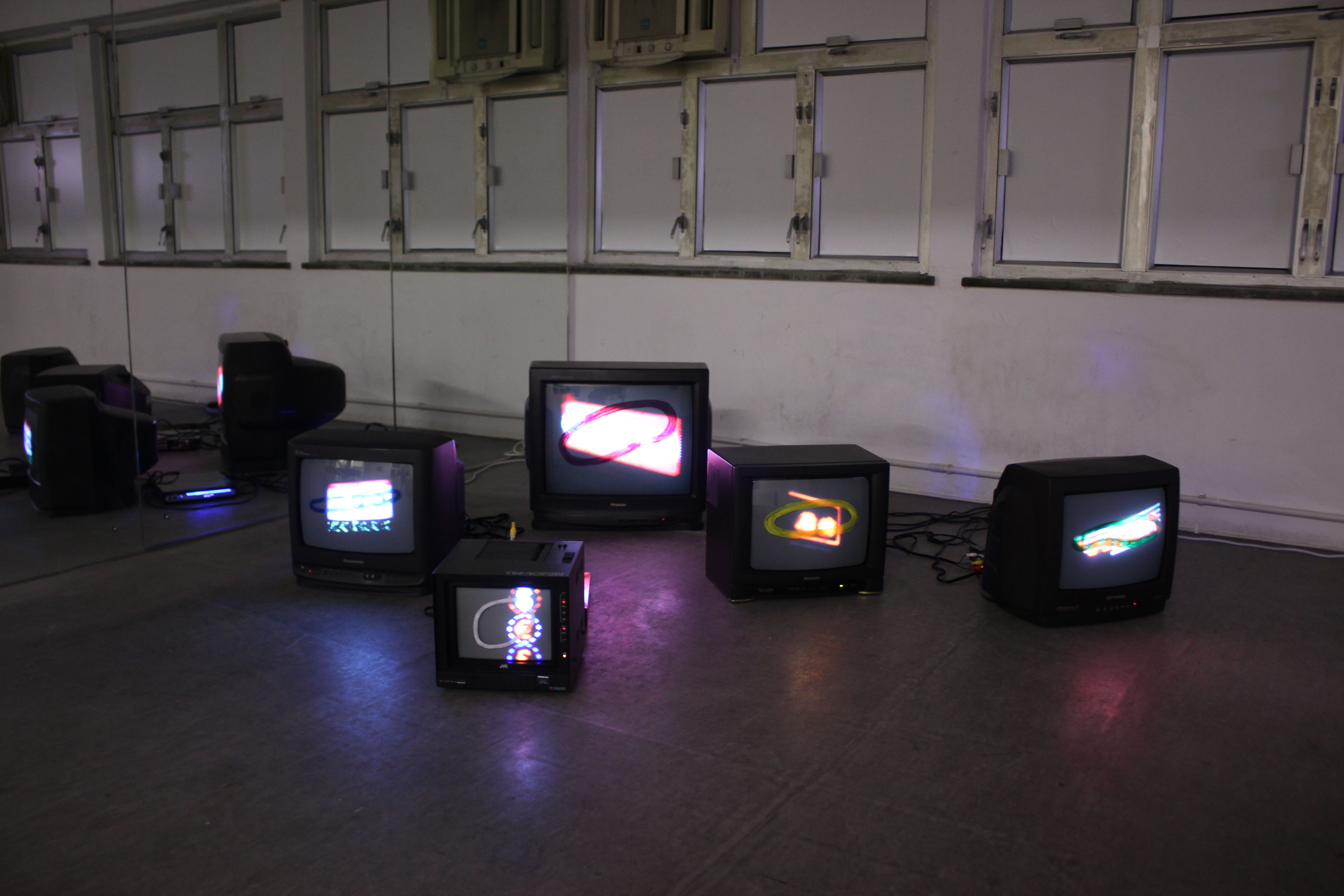
2012
Acrylic on self-adhesive foil, CRT TV, HD video
Dimensions variable

2012
Acrylic, colour pencil on paper (drawing), digital print (poster)
67.5 cm x 50.5 cm

2012
Acrylic, colour pencil on paper (drawing), digital print (poster)
67.5 cm x 50.5 cm

2012
Acrylic on newspaper
24.9 cm x 17.6 cm

2012
Emulsion paint, colour pencil on wall
Dimensions variable

2012
Inkjet print
30 cm x 30 cm
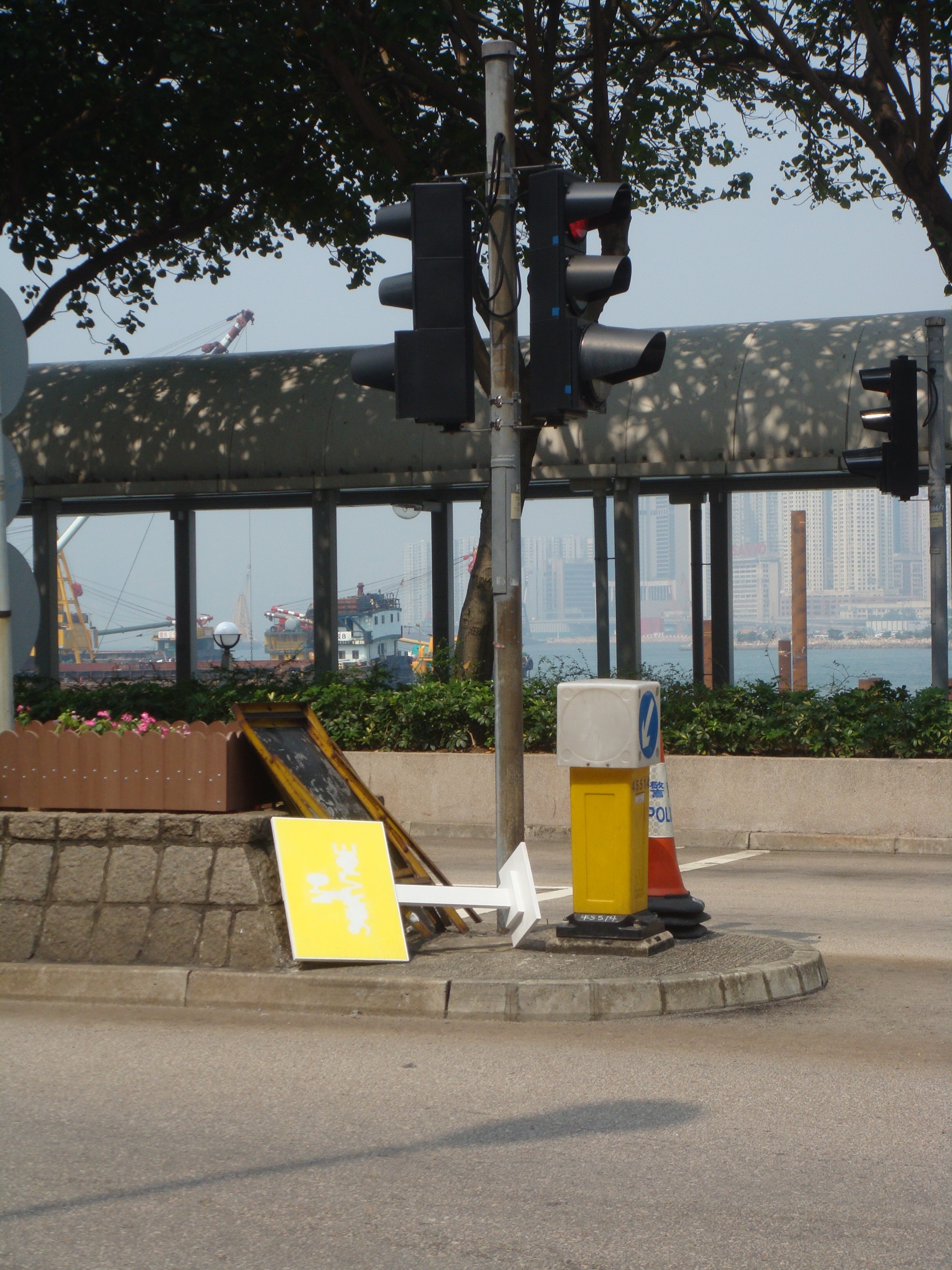
2011
Acrylic on wood
57 cm x 102 cm x 23 cm

2011
Video
PAL, 13:59 min, mute (left),
PAL, 4:51 min, mute (right)